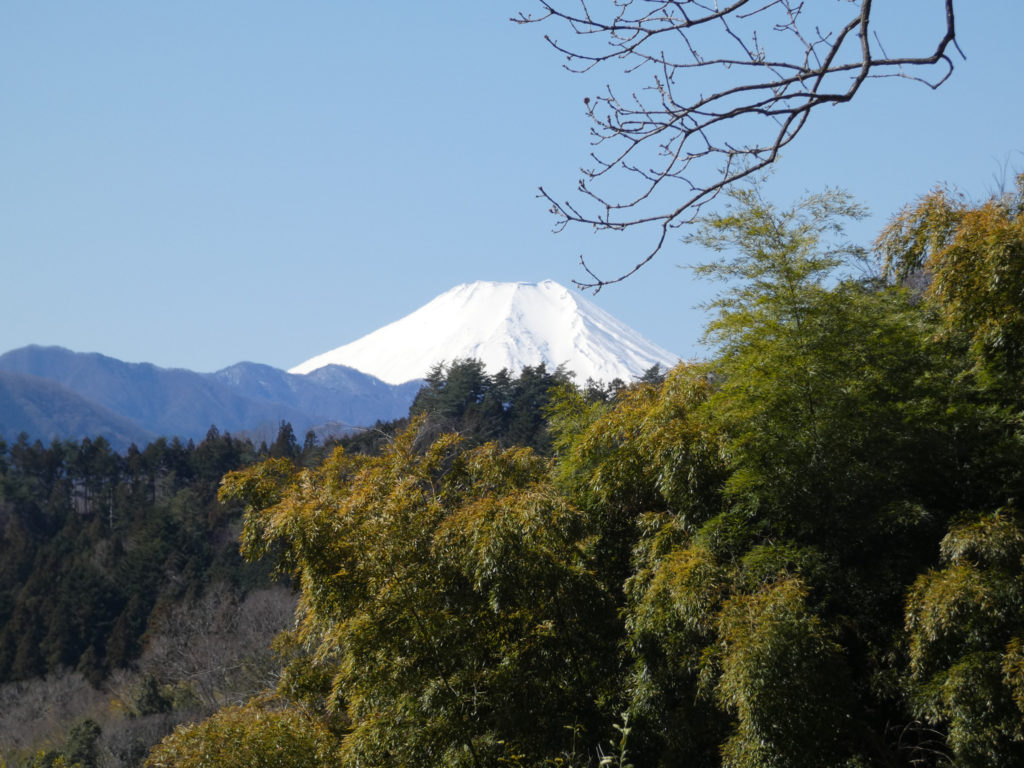
In March 2019, Janie and I had the good fortune to stay with Bryan Whitehead in Fugino, for a week studying traditional Japanese shibori, katagome, and indigo dyeing. Bryan, a Canadian, has spent the last thirty years living in Japan learning from Japanese textile artists and perfecting teaching these arts to both Japanese and foreign students.
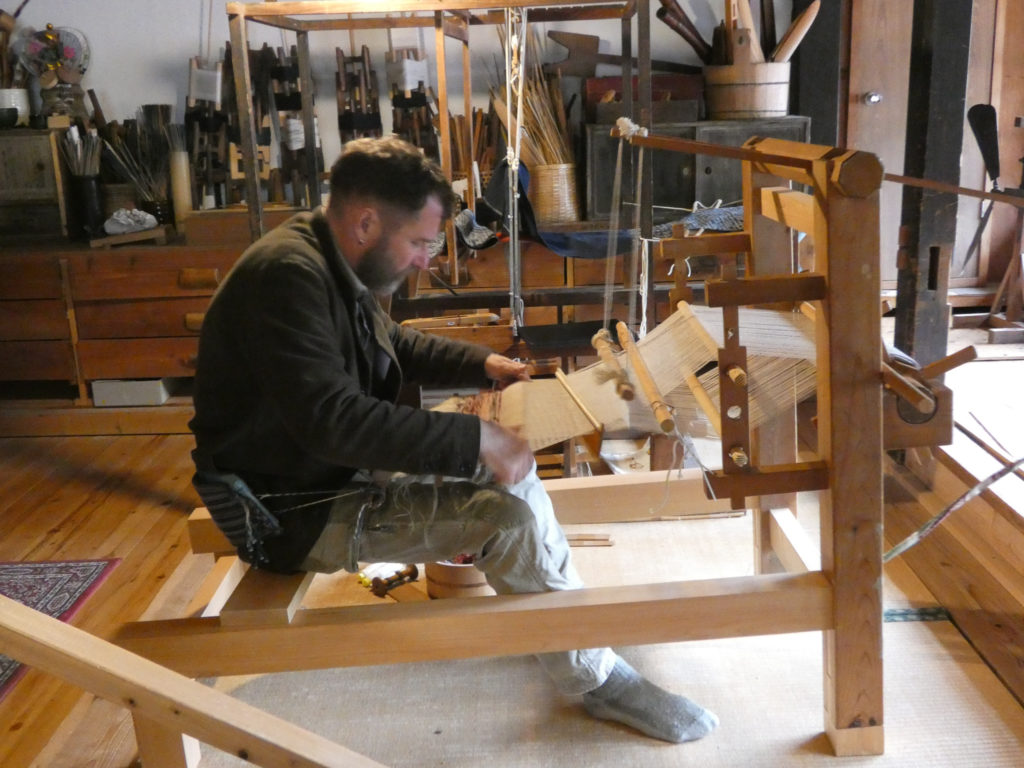
Bryan’s teaching style is demanding yet supportive and encouraging. He wants his students to appreciate how labor intensive Japanese methods are, yet simultaneously, he emphasizes the beauty in imperfection and the surprises the dye brings.
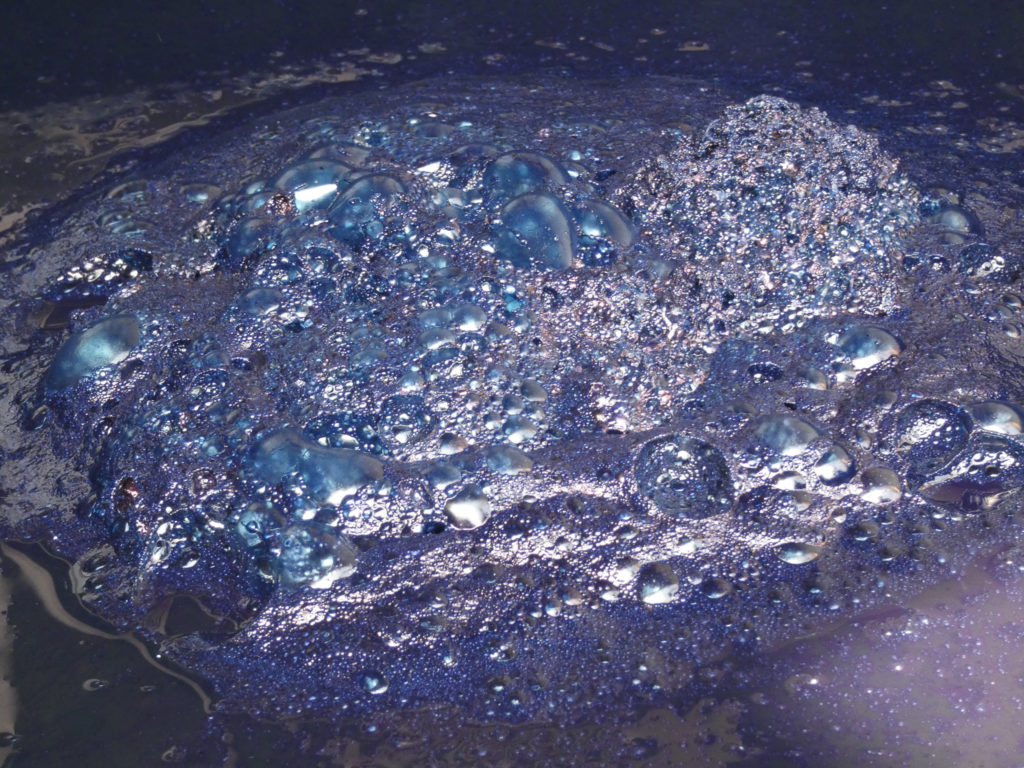
Our main pieces took us about 40 hours to stitch, another half day to pull the stitches tight, most of a day to dye and rinse (in a river!), and another day or so to rip out the stitches. We also stitched several small pieces to learn various techniques.
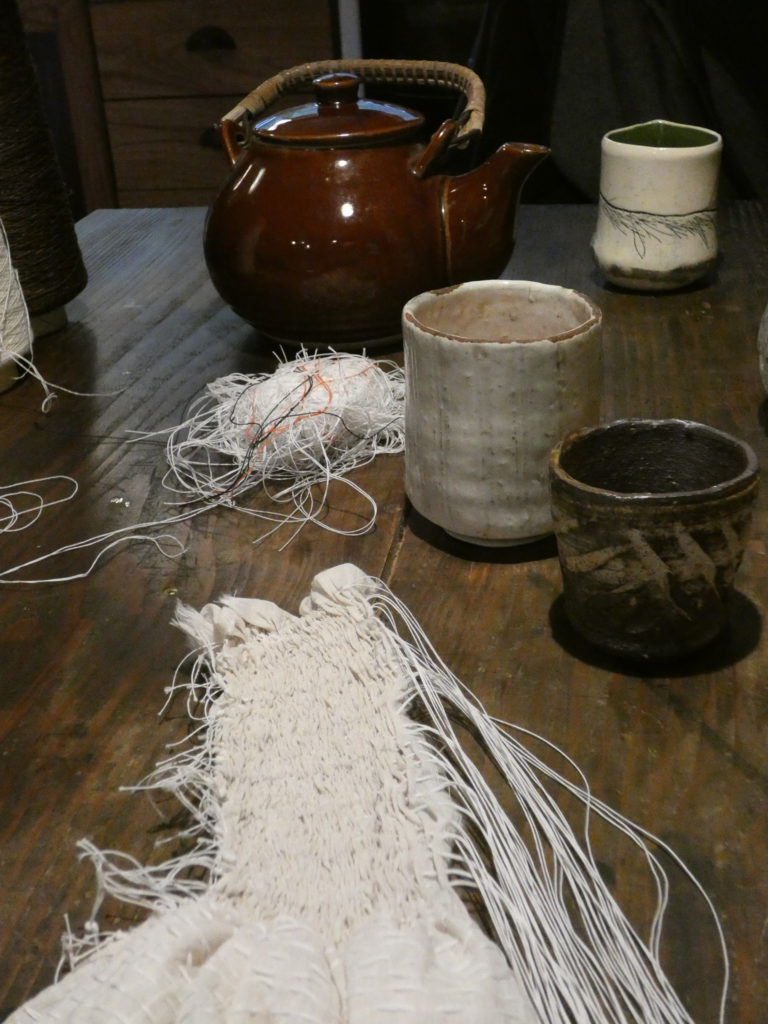
Staying in Bryan’s gorgeous 150 year old silk farm house is akin to being in a living homage to historic Japanese textile arts. Everything is interesting. Everything is practical. There is beauty everywhere.
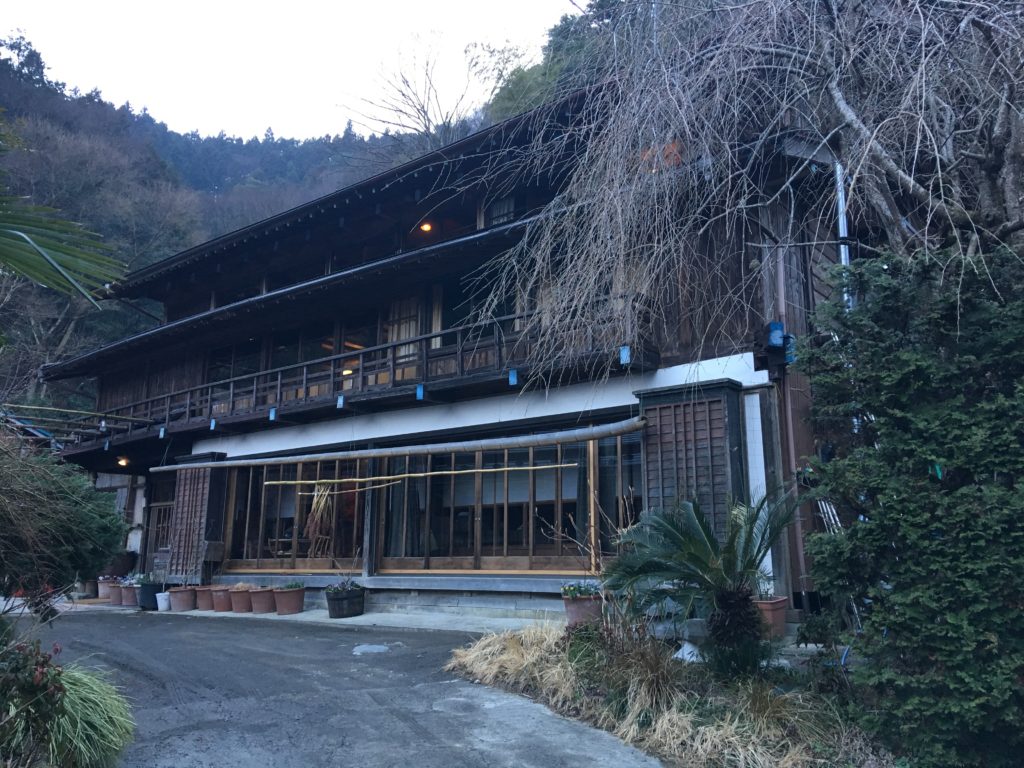
Bryan’s home 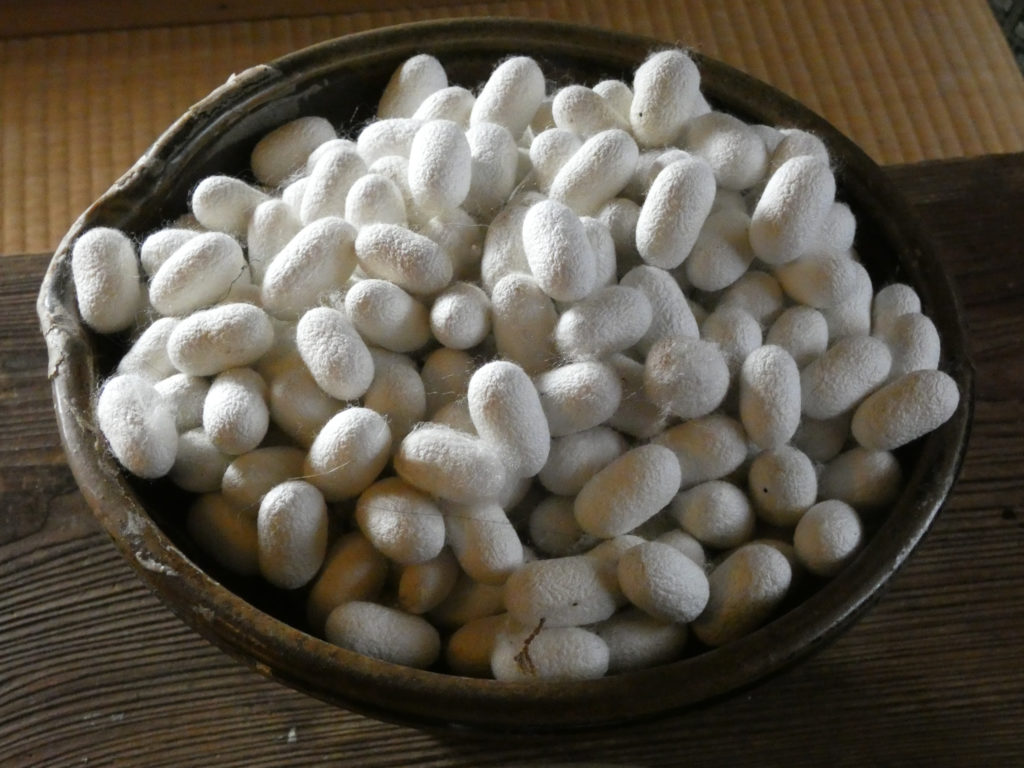
silk worm cocoons 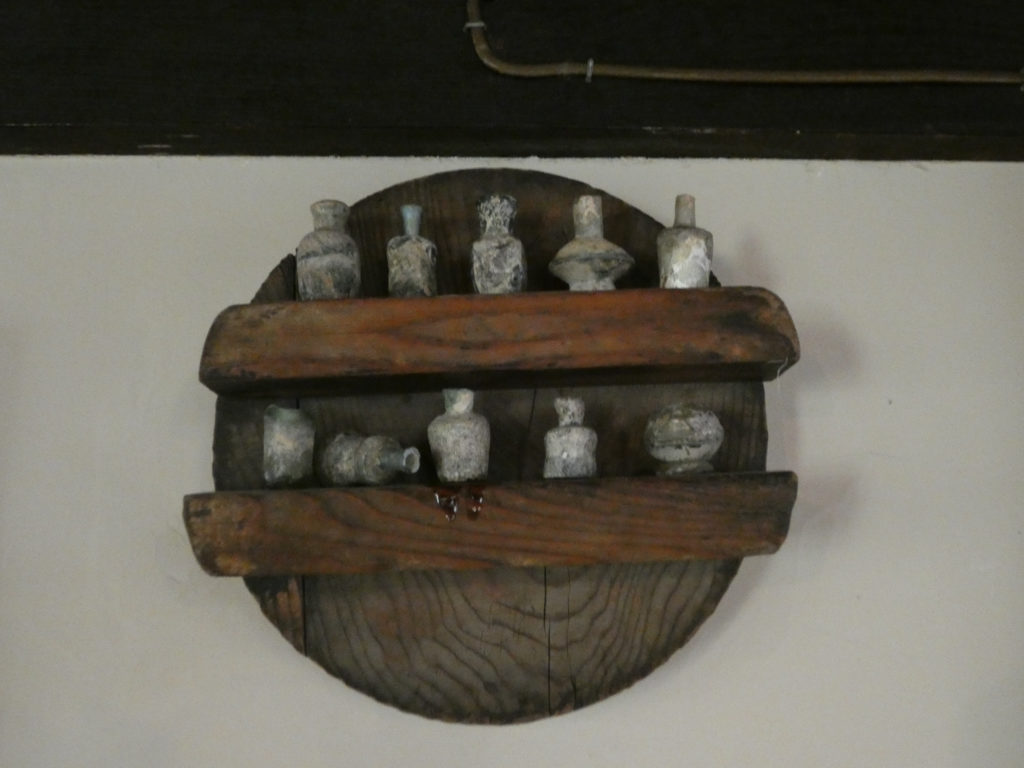
vessels found on the property 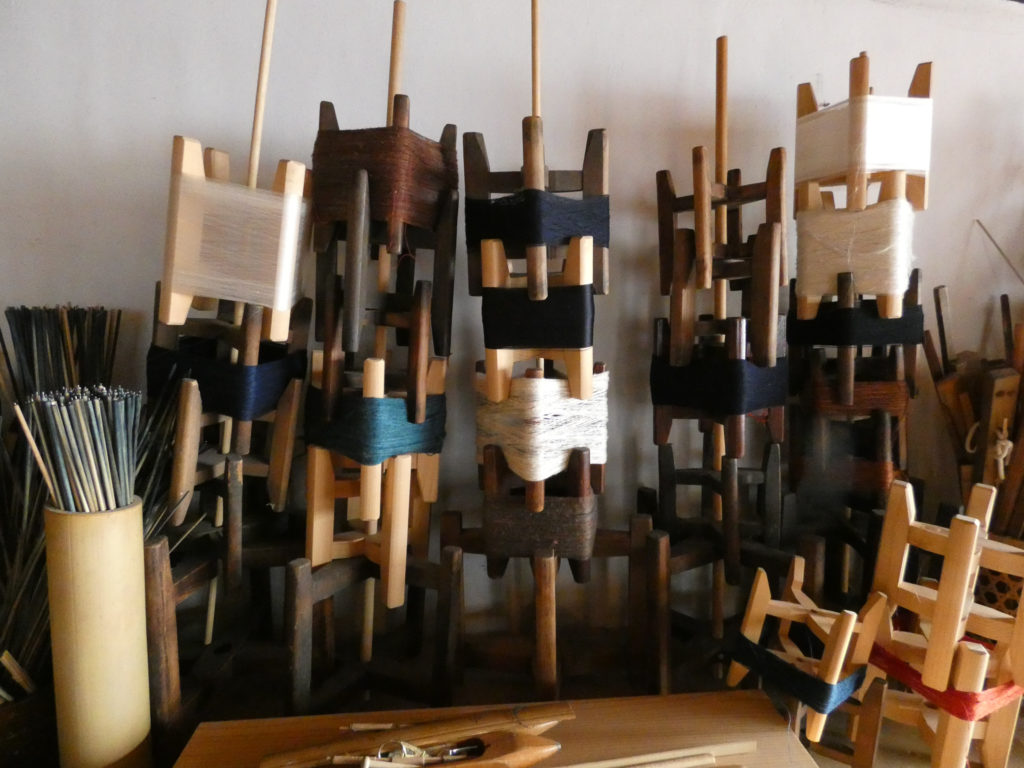
silk reels 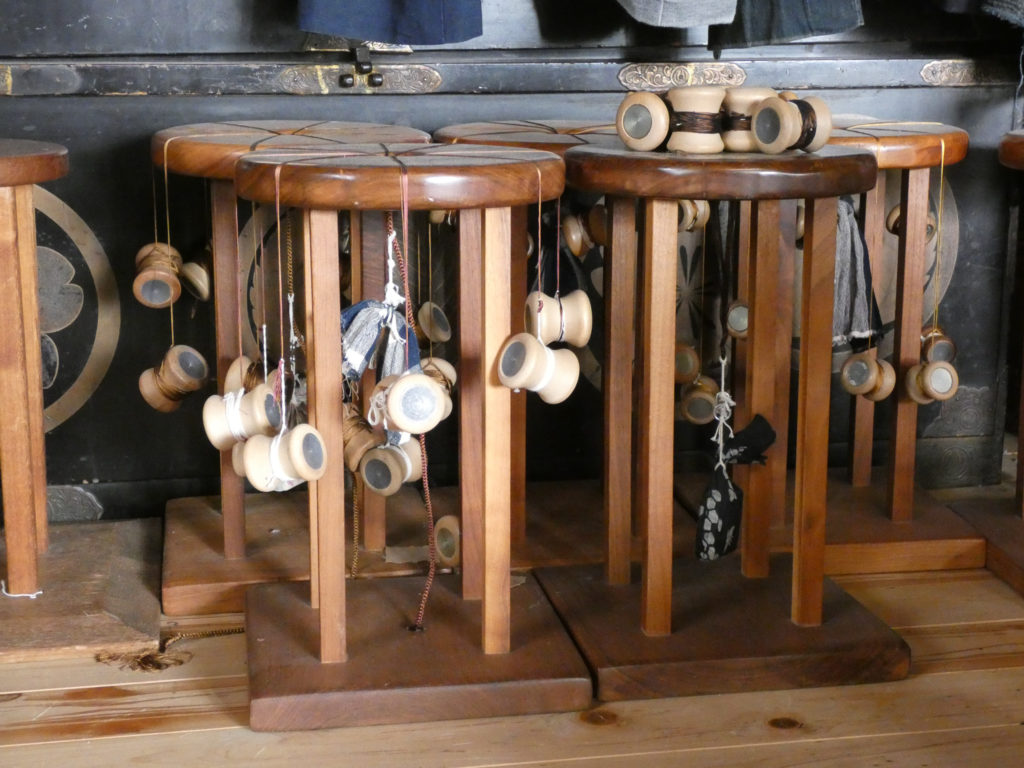
marudai 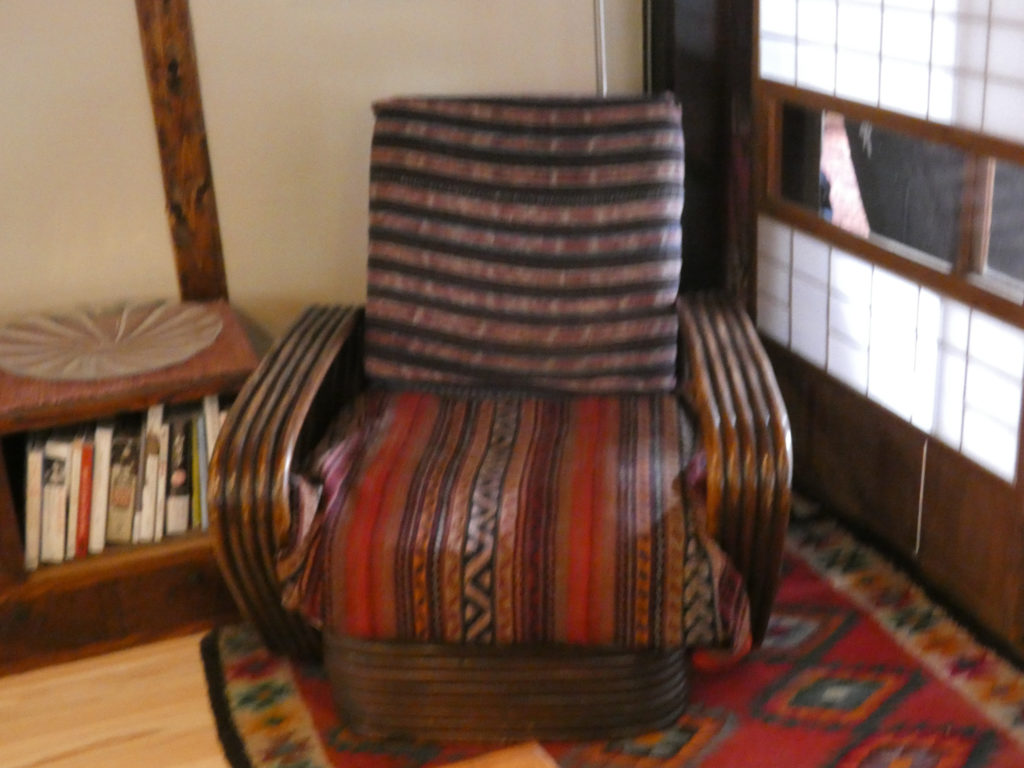
chair covered in lovely textiles
Bryan’s students benefit from his long relationships with Japanese traditional craftspeople. Noguchi san, is one of the few textile craftsmen designated “living treasures.” Noguchi san continues his family’s 400 year old katazome business. His son is the 17th generation to produce the double sided paste resist summer cotton kimono. Meeting Noguchi san and his family and watching them do what they have done for 400 years was one of the highlights of our visit. What an honor to learn from Noguchi san and to see Bryan learning from him too.
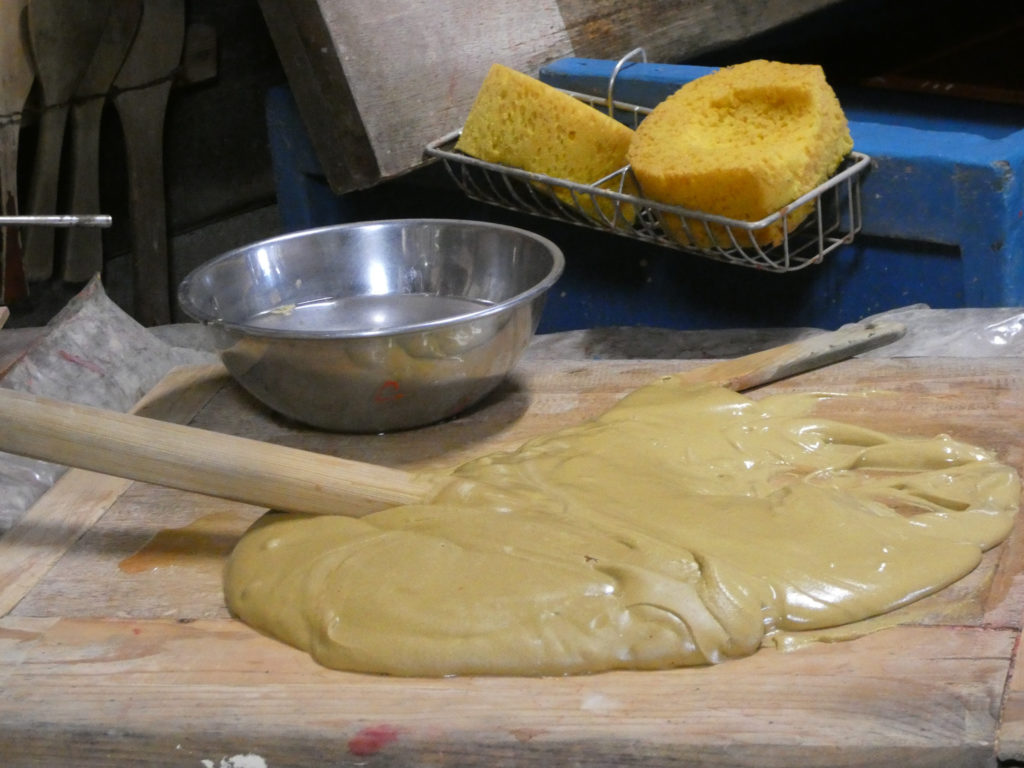
Rice bran paste resist 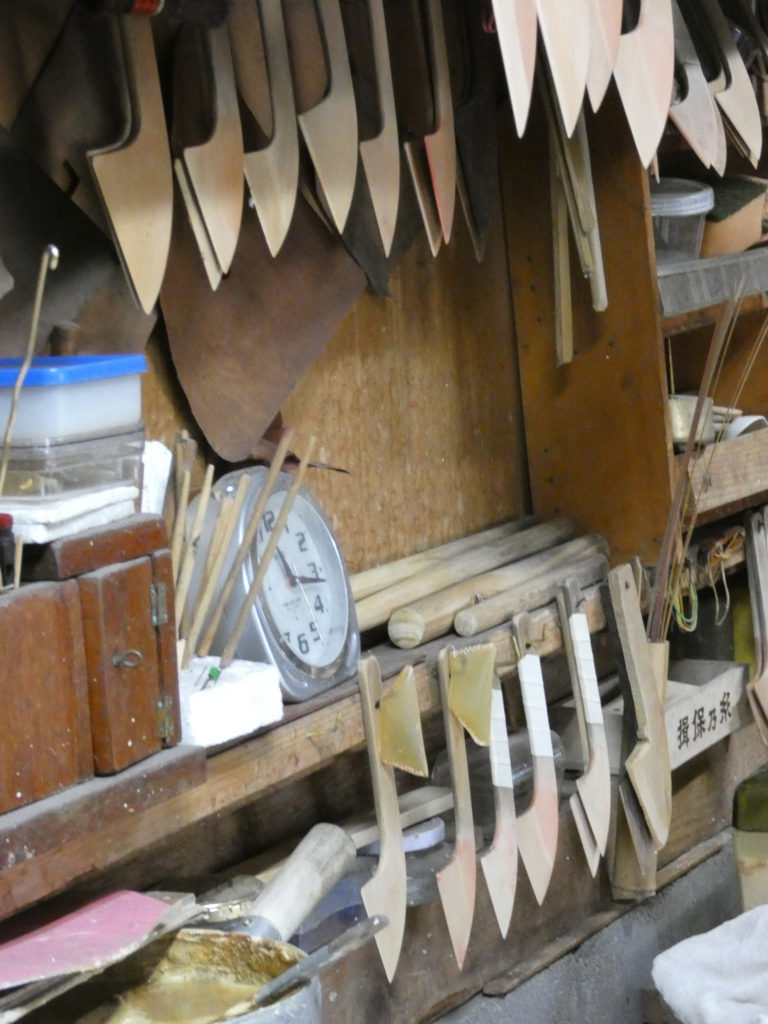
Spreading tools 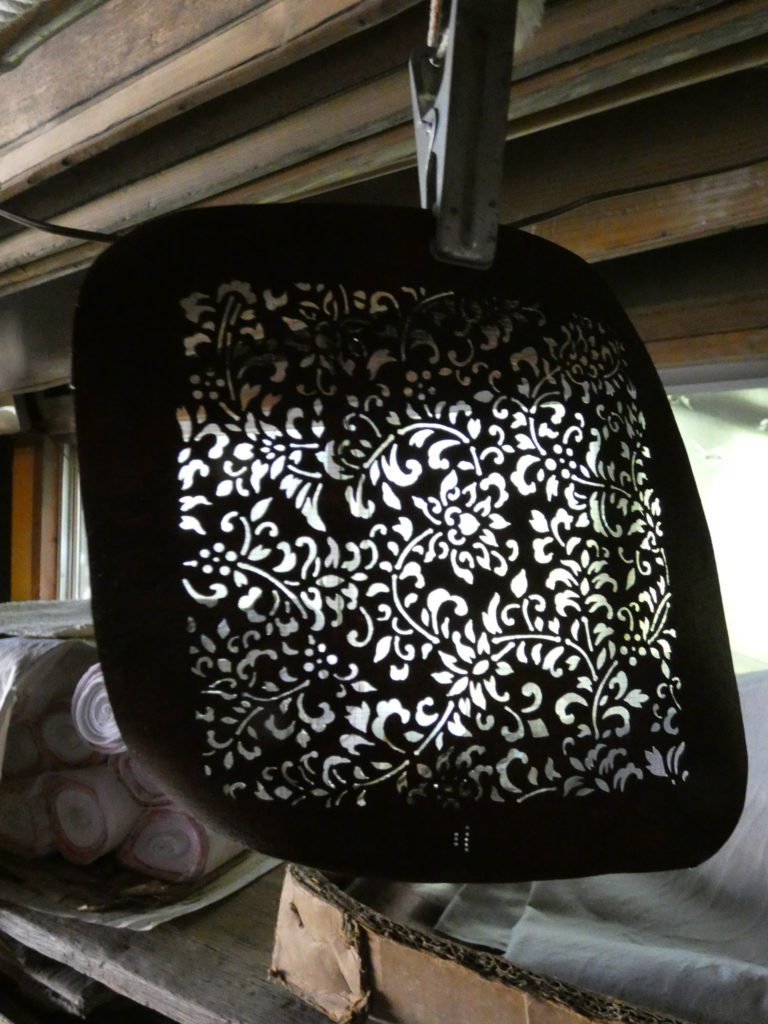
The stencil is called katagomi 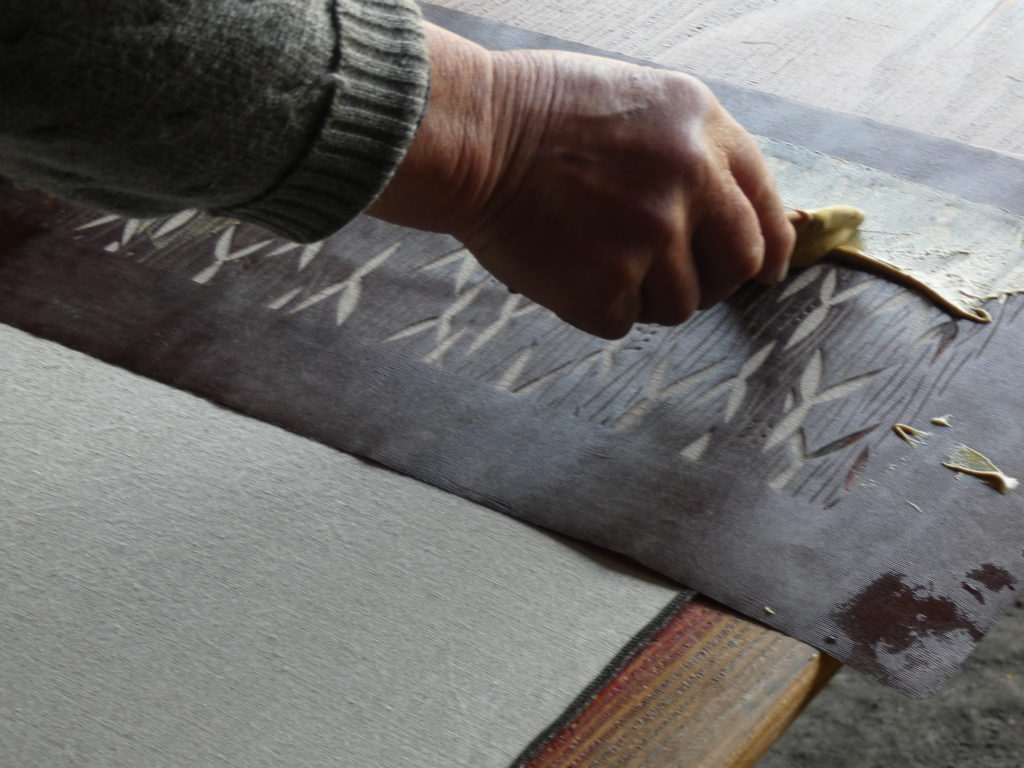
Noguchi san begins 
Paste is spread 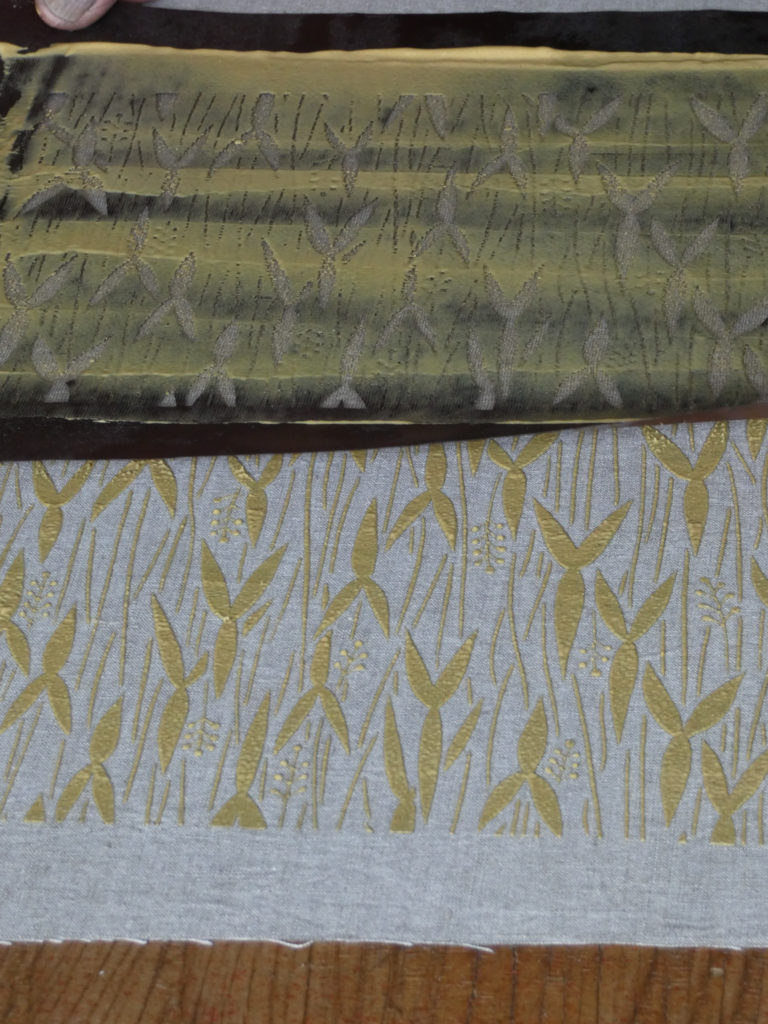
Stencil is lifted 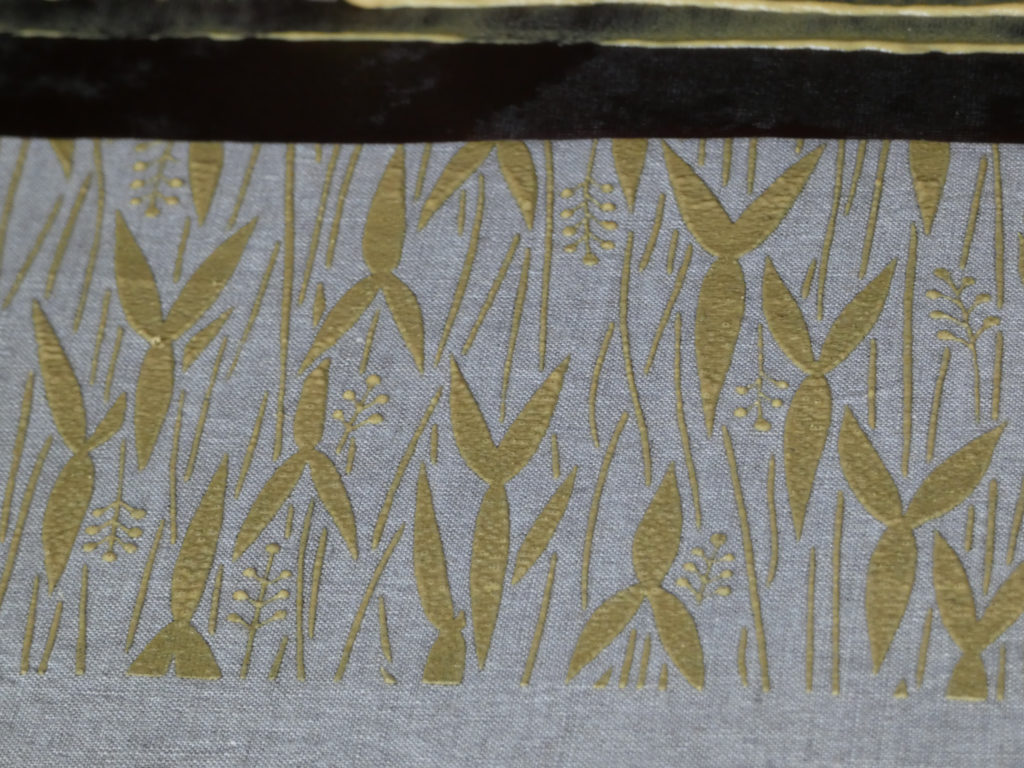
Stencil is repositioned 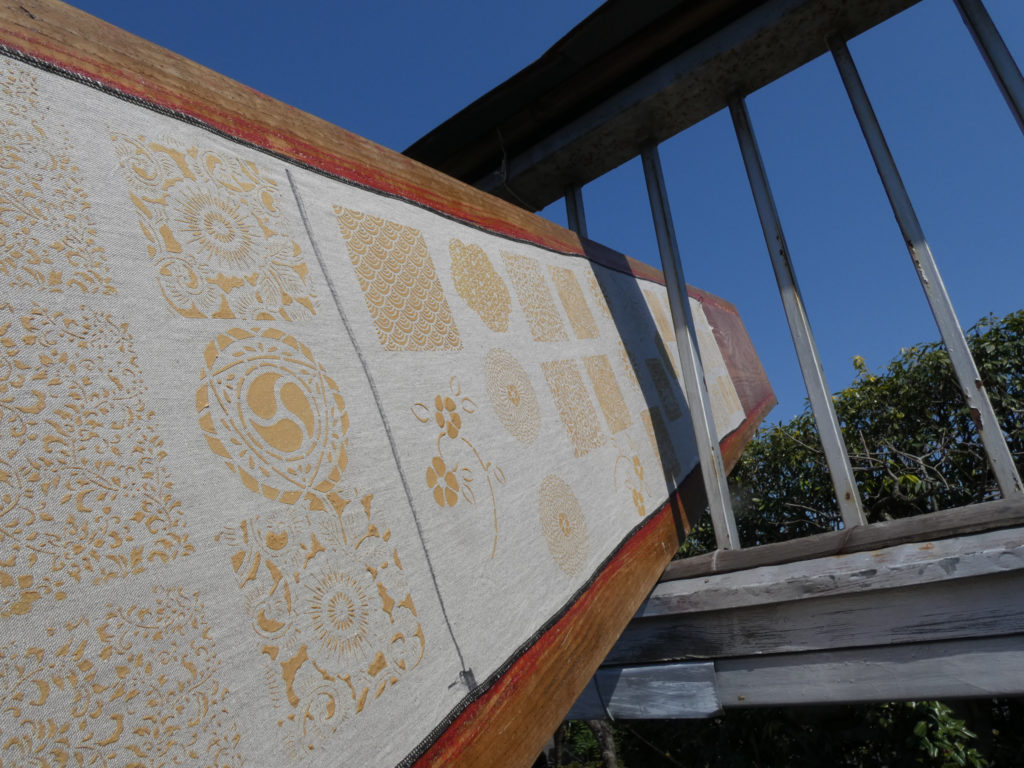
Finished cotton is put in the sun to dry 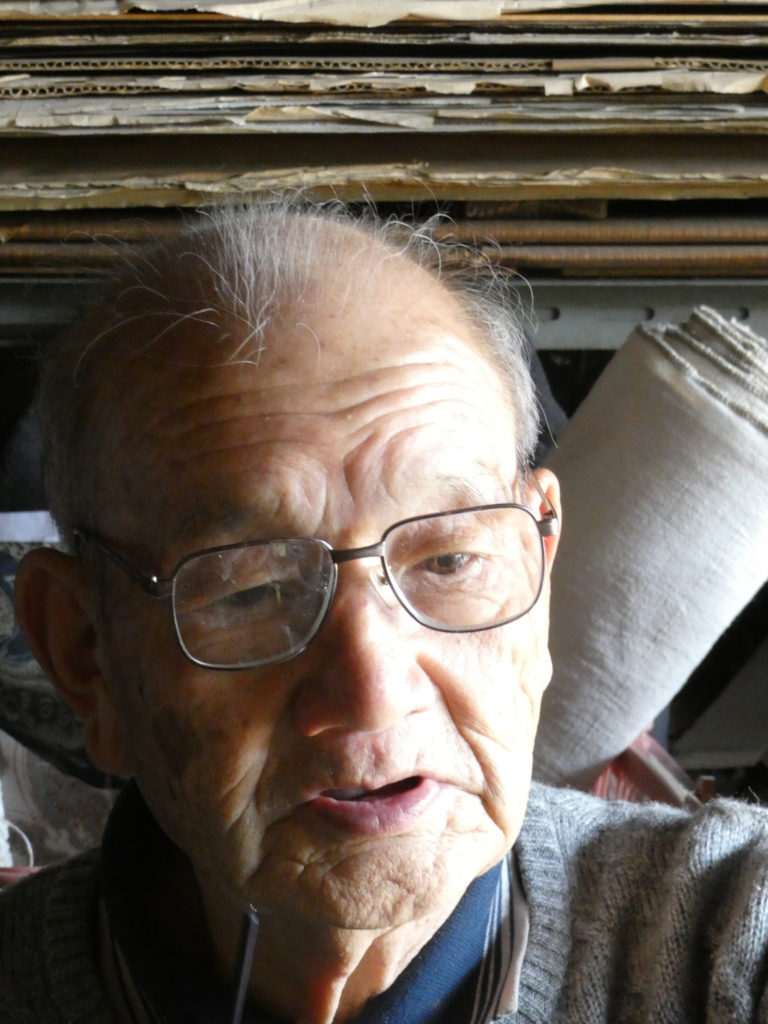
Noguchi san, Living Treasure 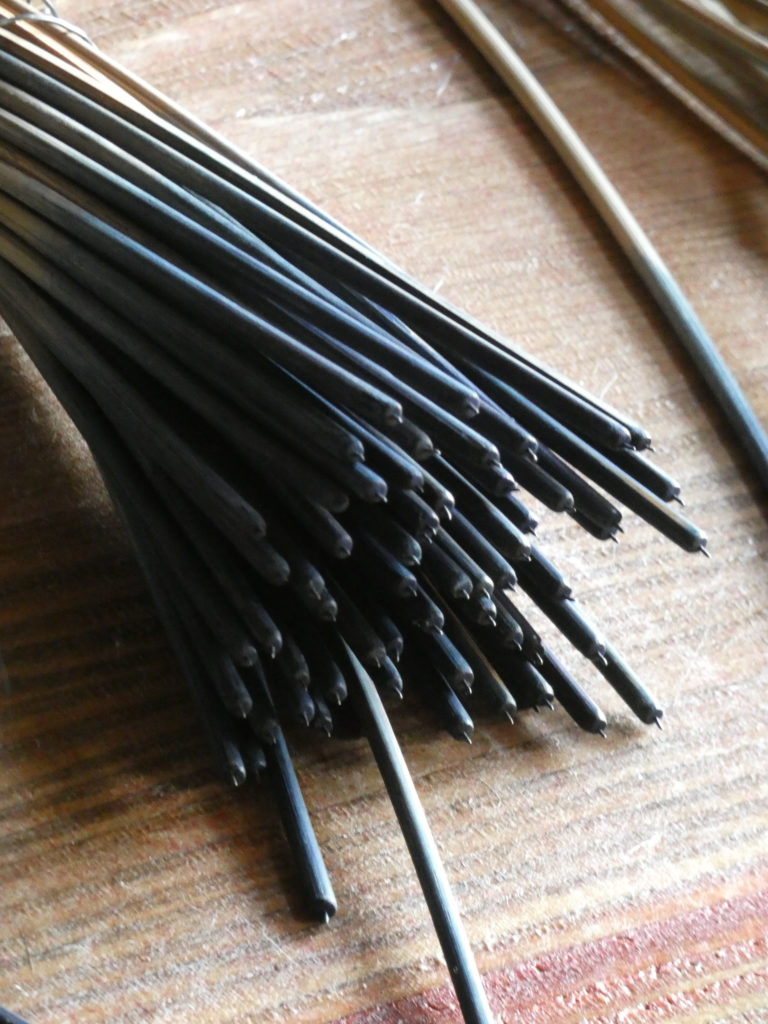
Tenter hooks 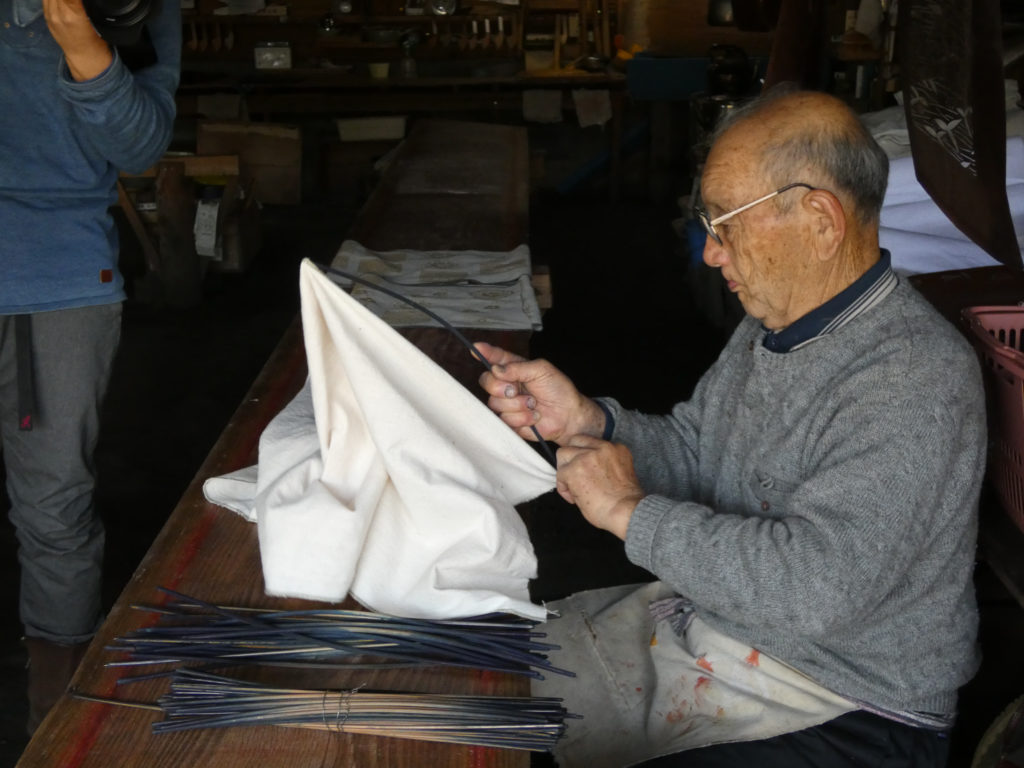
Preparing the cloth to dye 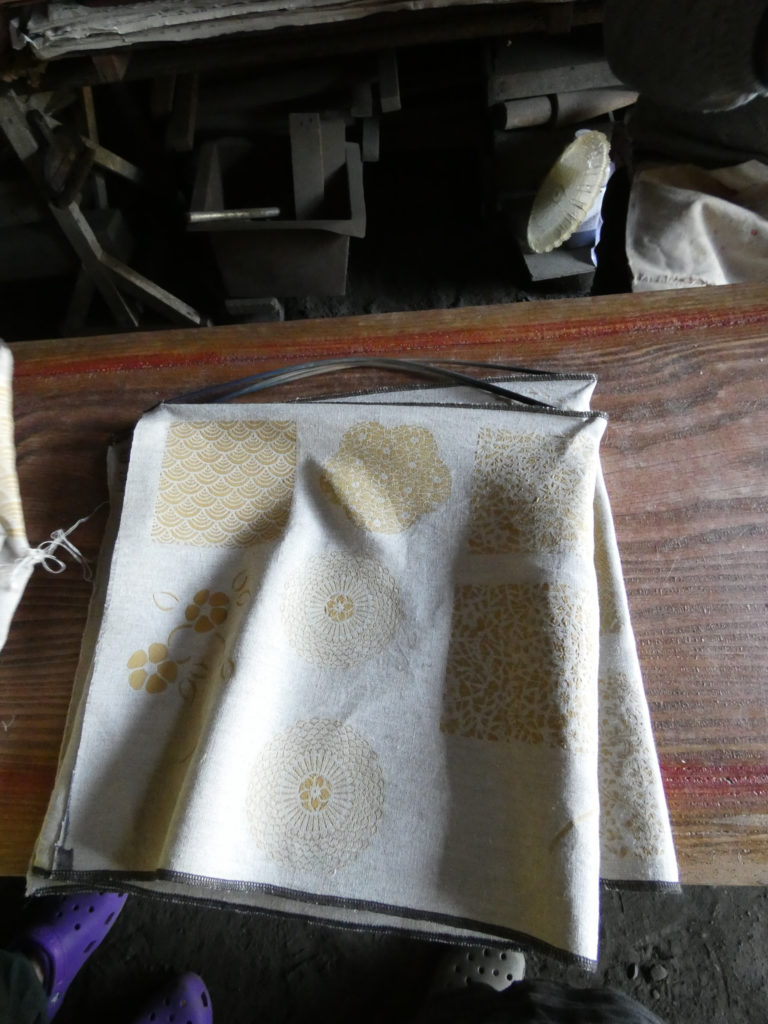
Ready to go 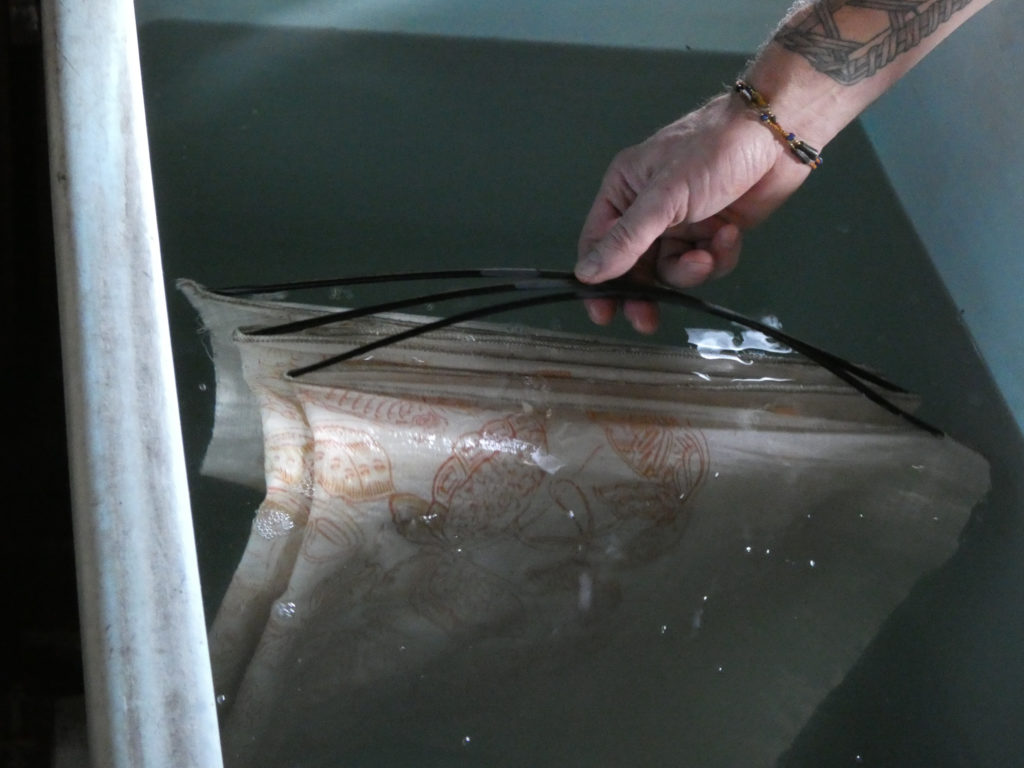
Wetted 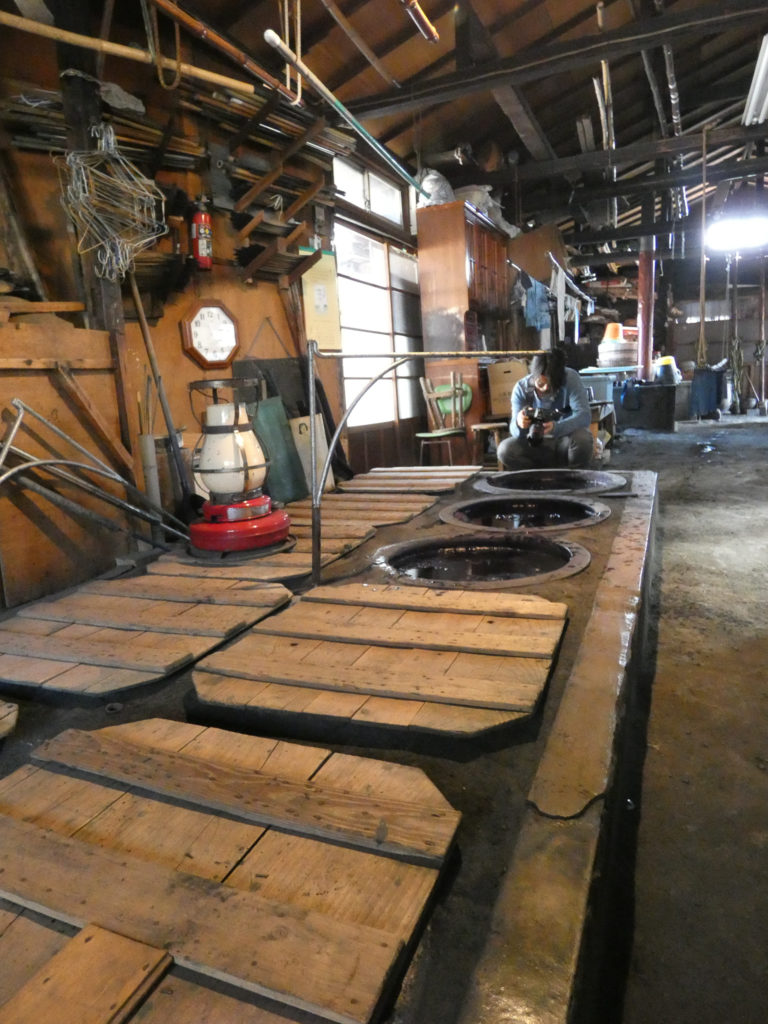
The vats 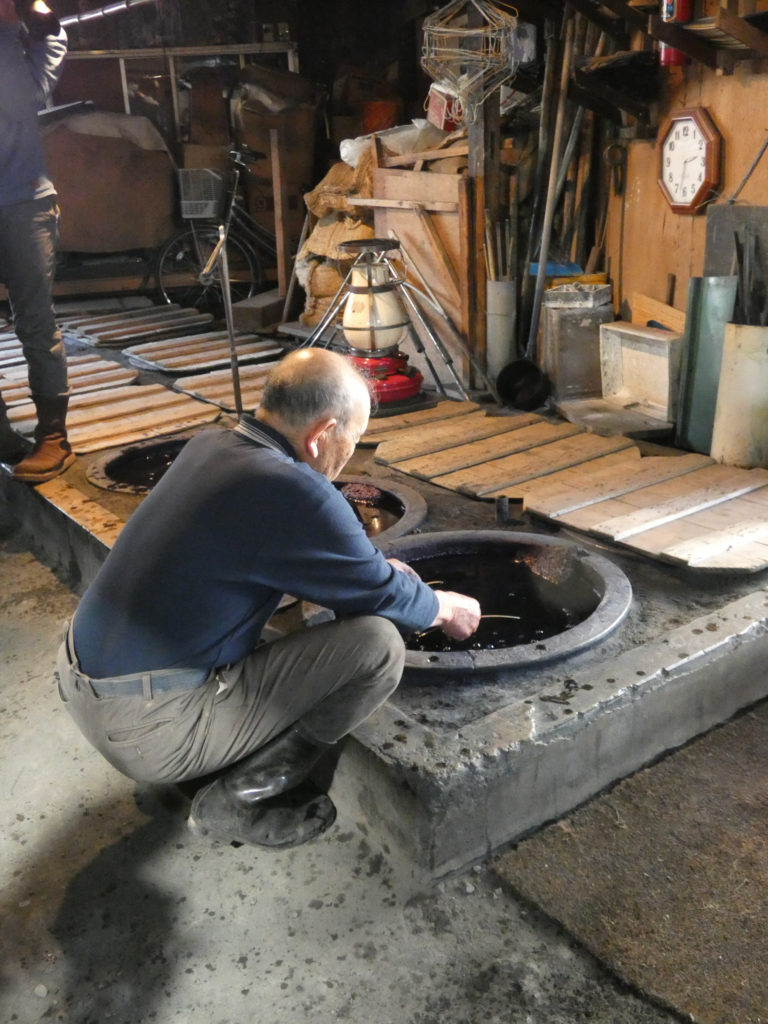
Noguchi san dyeing 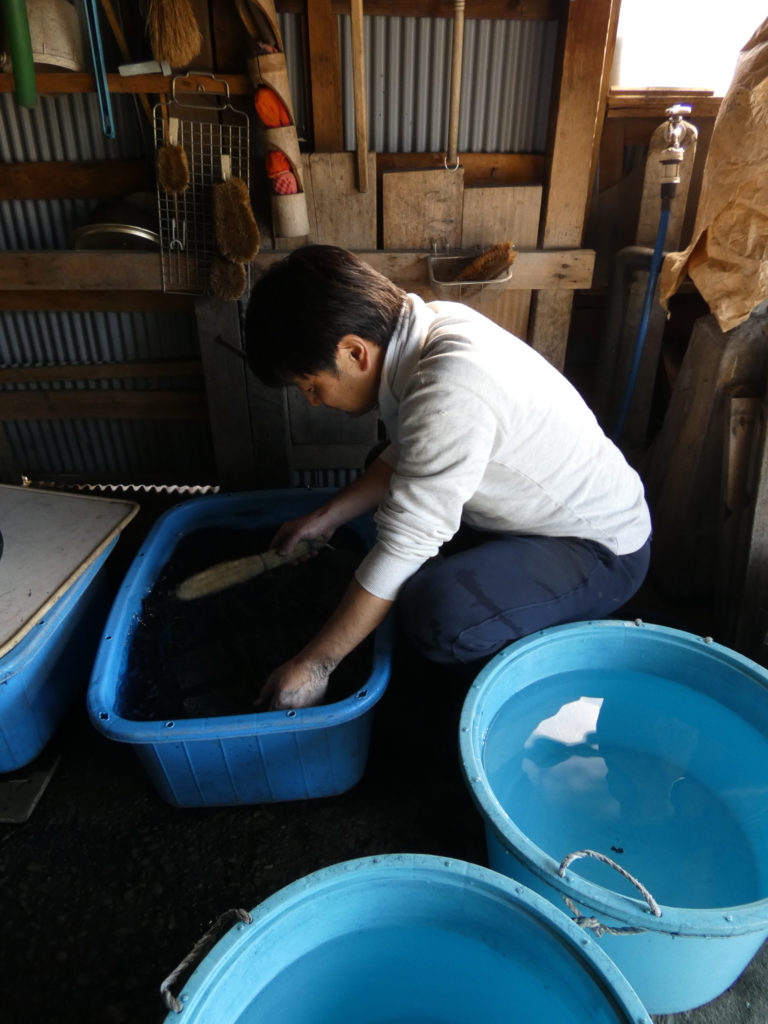
His son rinsing 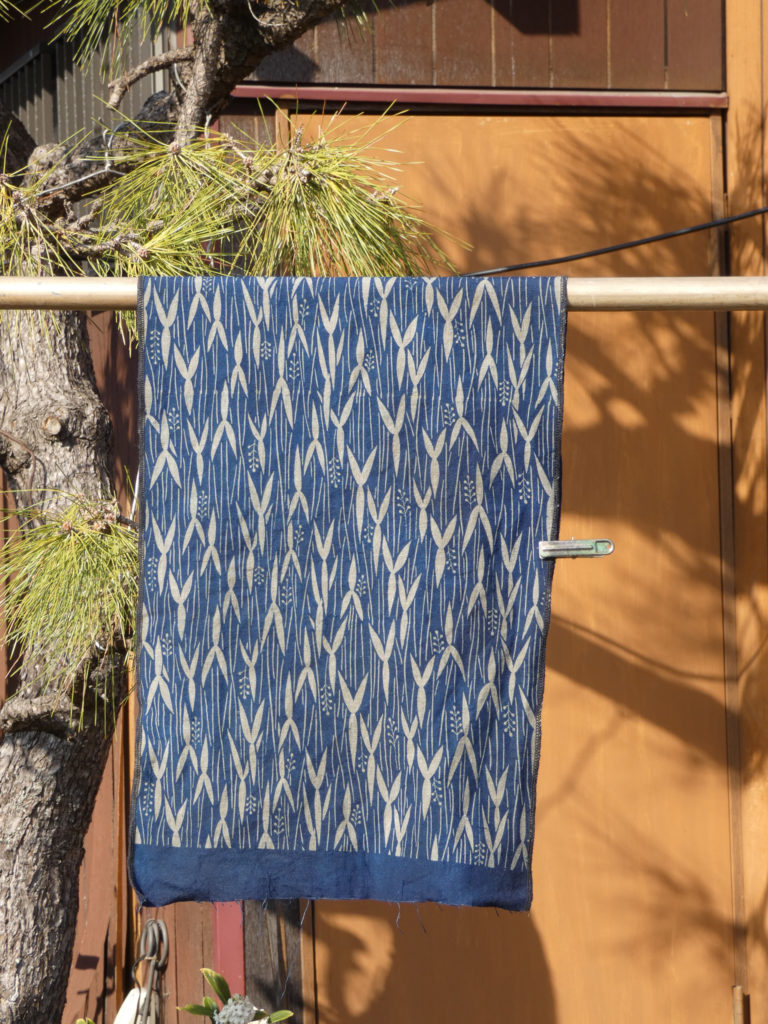
Drying in the sun
Follow Bryan Whitehead @japanesetextileworkshop.blog to immerse yourself in his world.
Here are some more images from our extraordinary visit to Japan.
And some images of ikat from around Japan. Both the warp and weft need to be dyed specifically to create the patterns.
Shibori began in Arimatsu as a way to give a “calling card” of sorts to samurai traveling on the Tokaido. Instead of a card, the visitors were given hand towels in patterns that were resist dyed. Some images from the Shibori-Kaikan in Arimatsu.
Our trip to Japan was almost three weeks, but barely enough time to introduce us to its sublime beauty. We were talking about returning before the plane was airborne. If you can, GO.
Toby


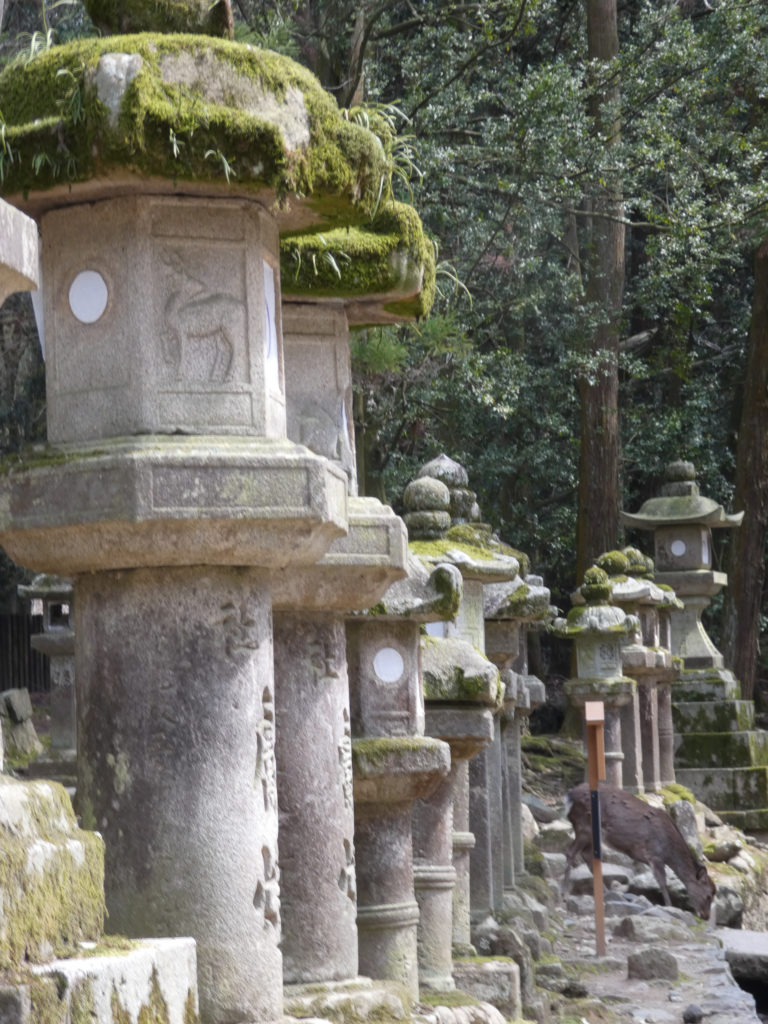
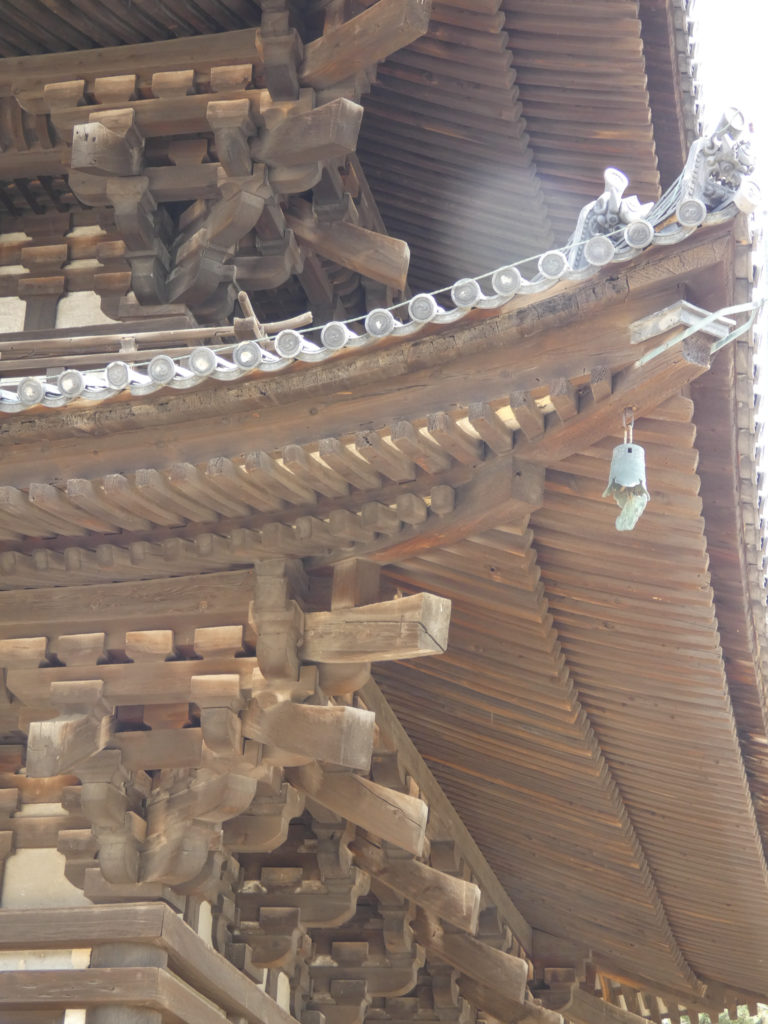
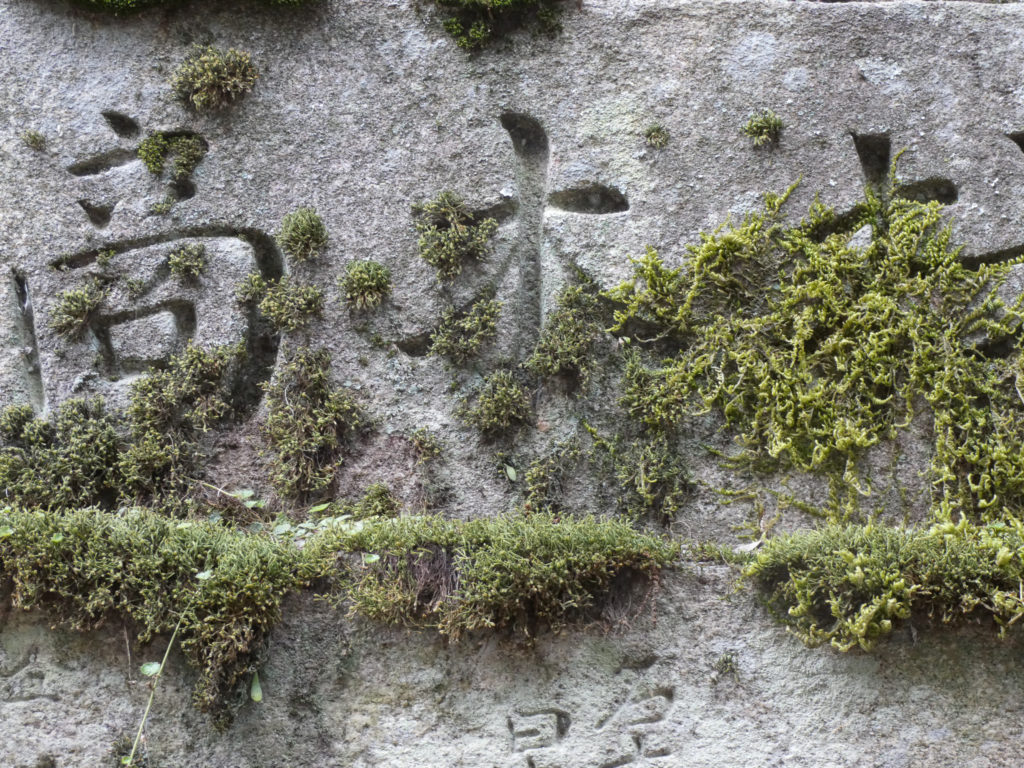
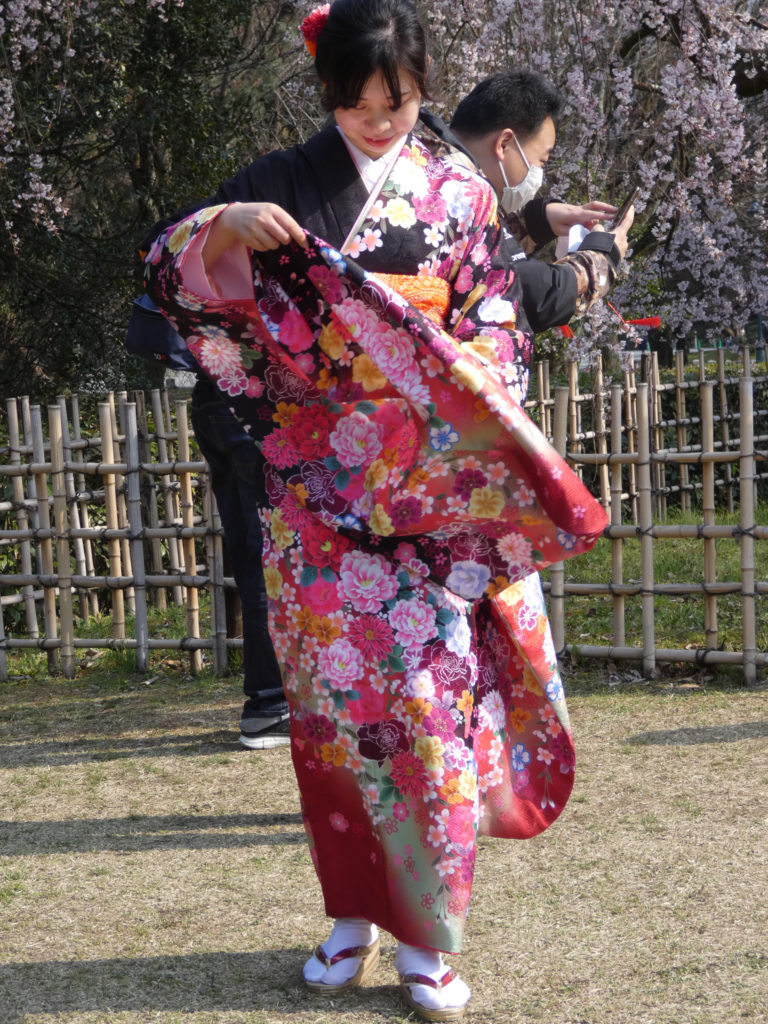
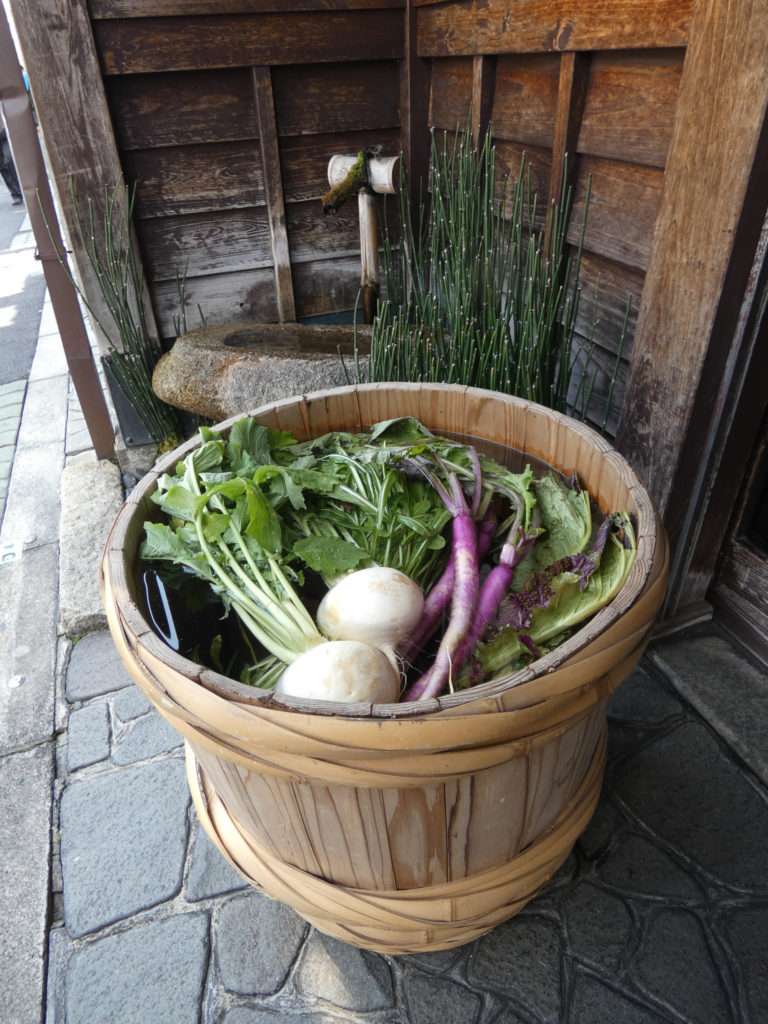
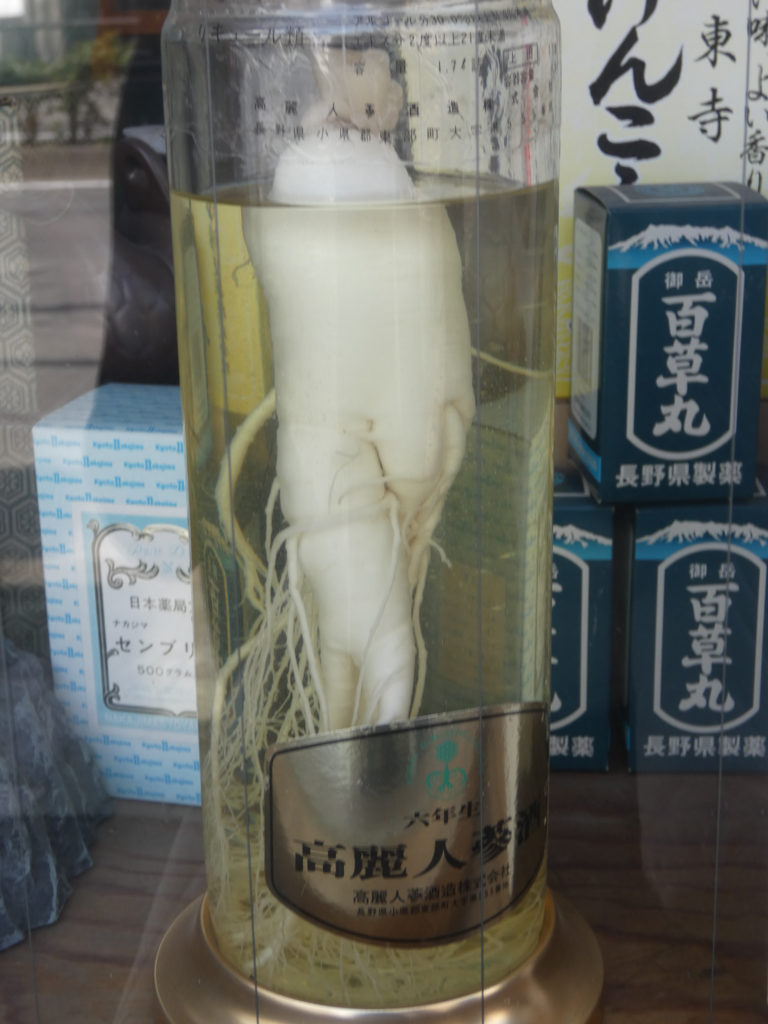
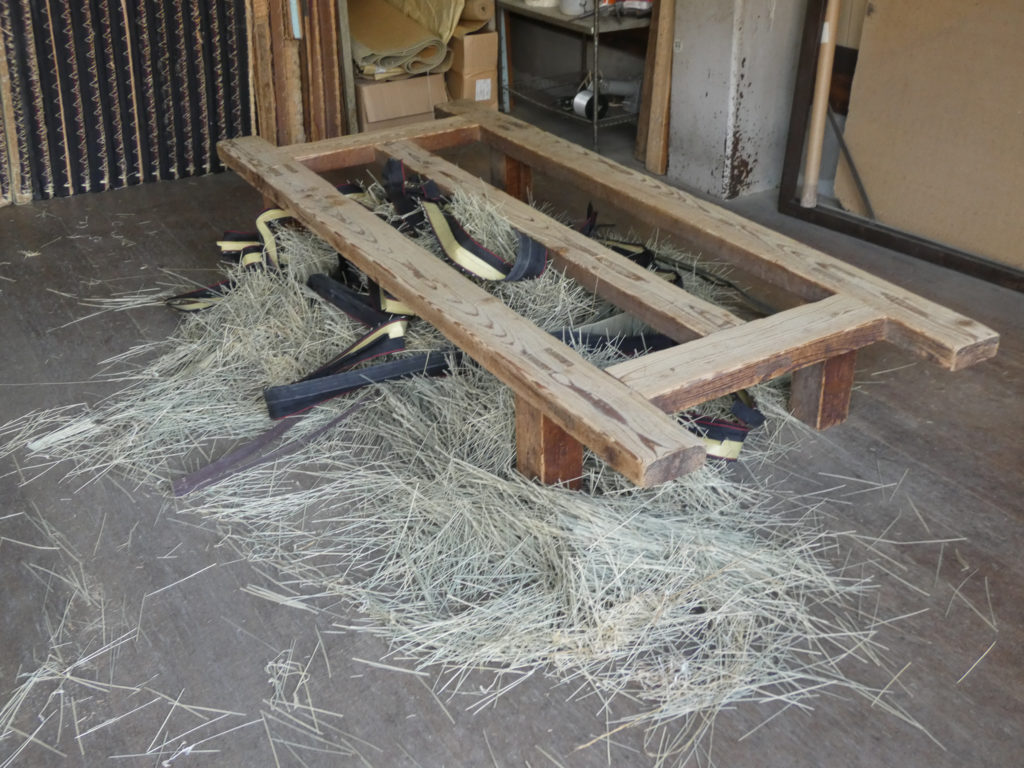
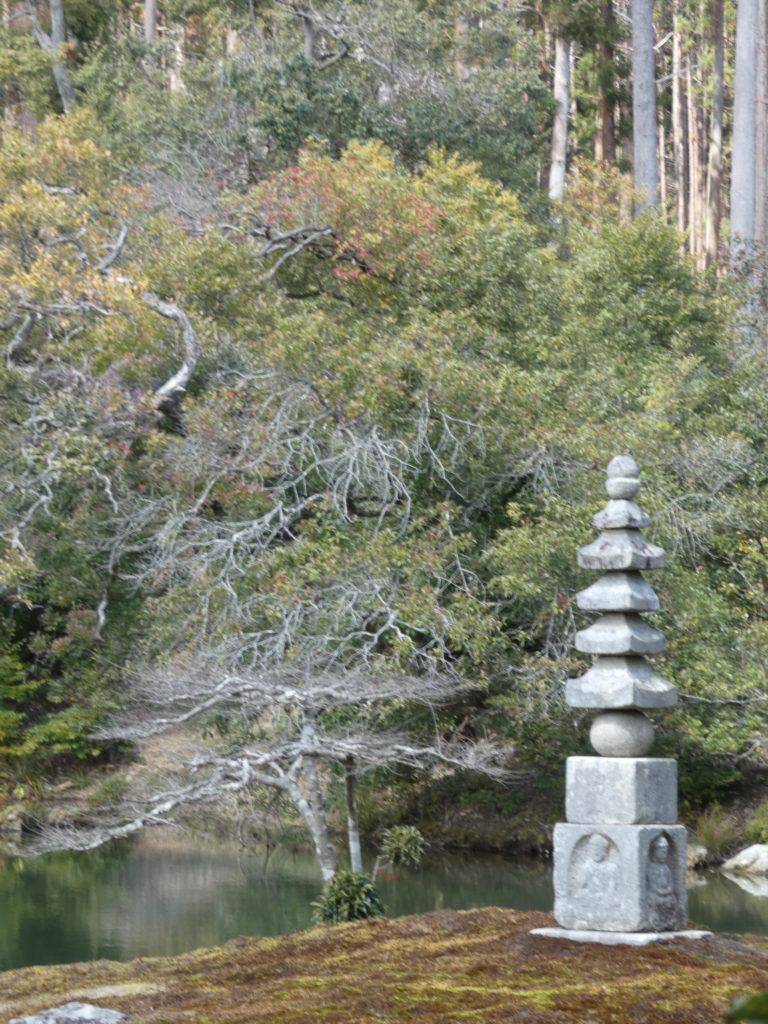
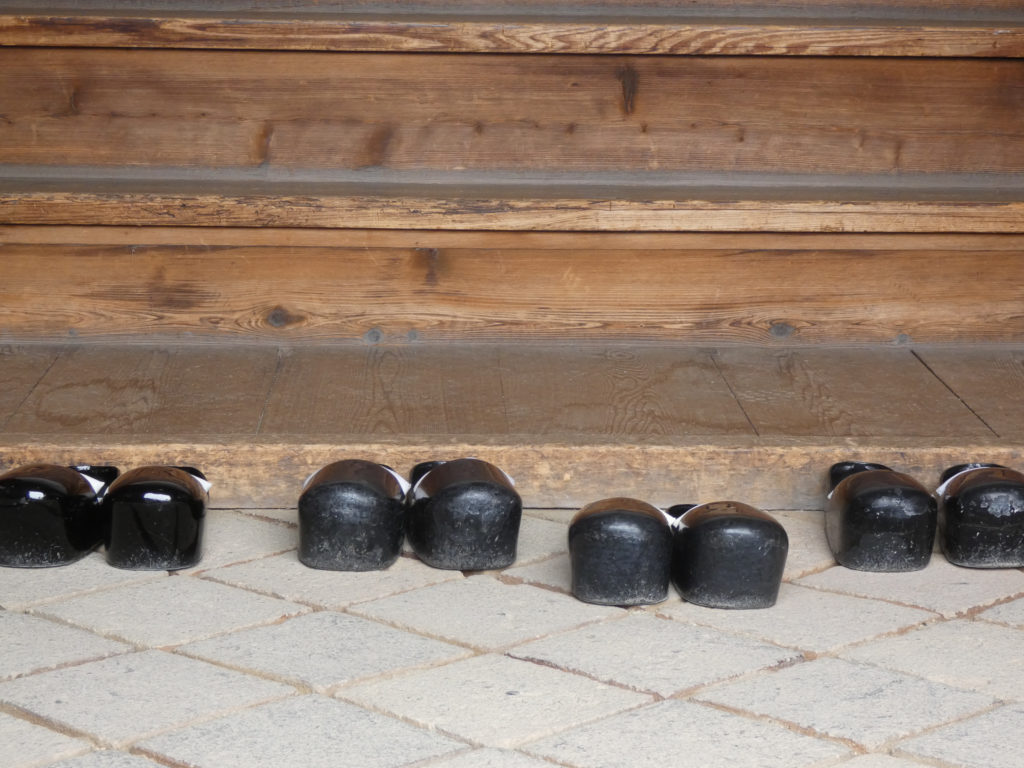
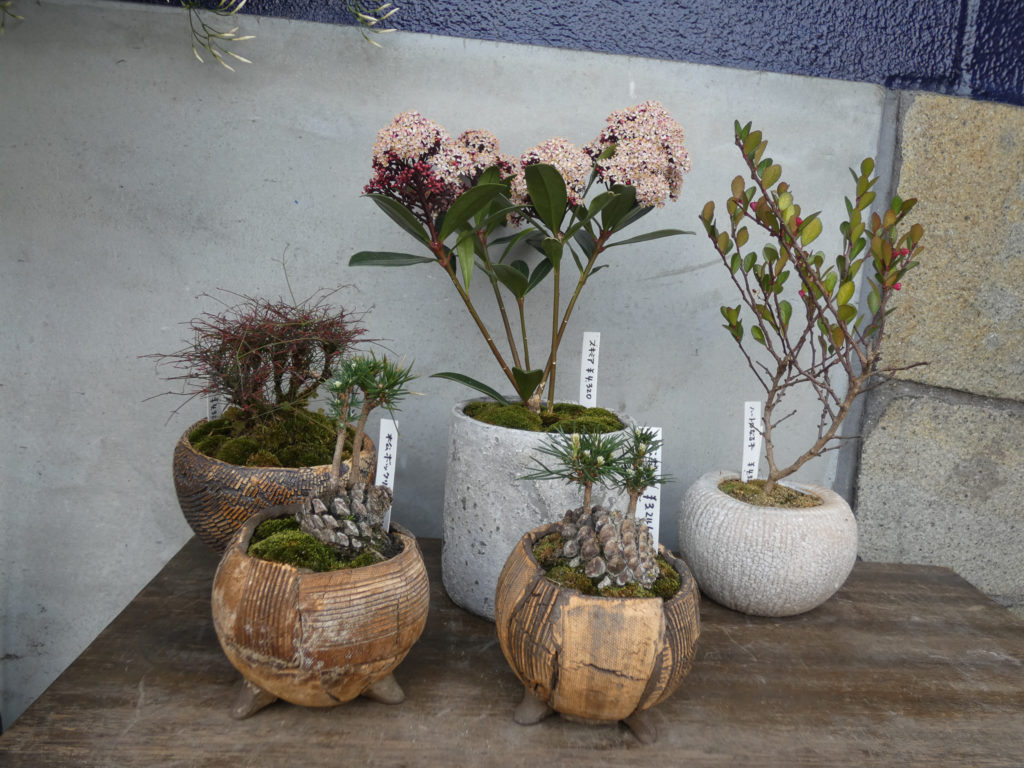
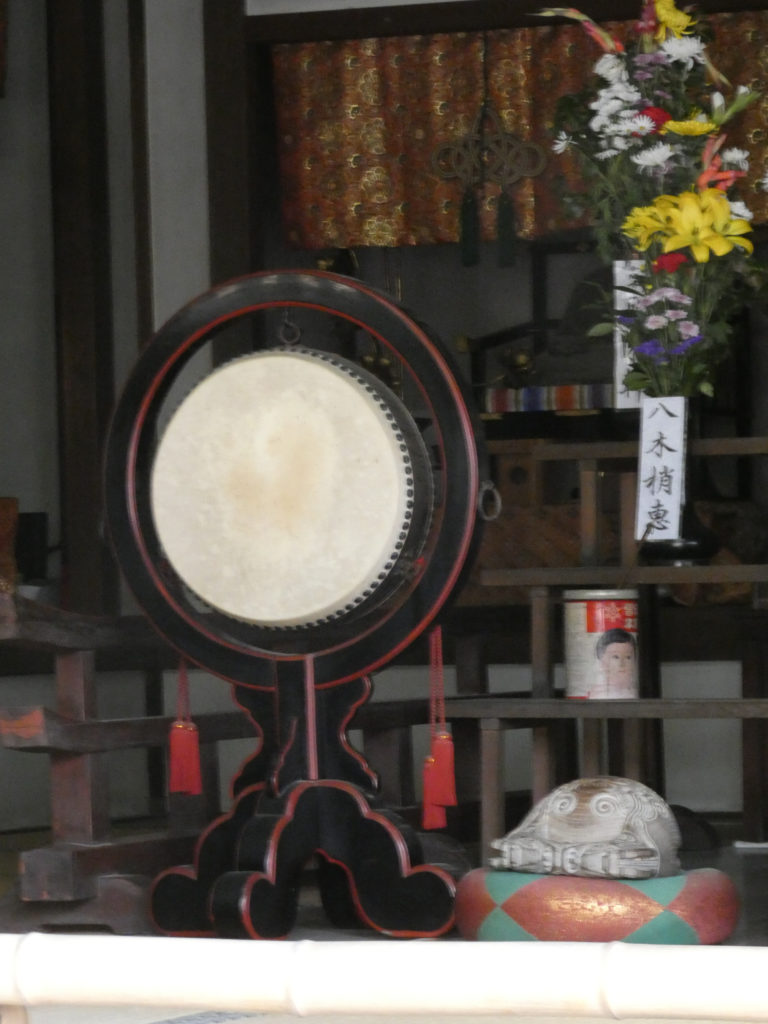
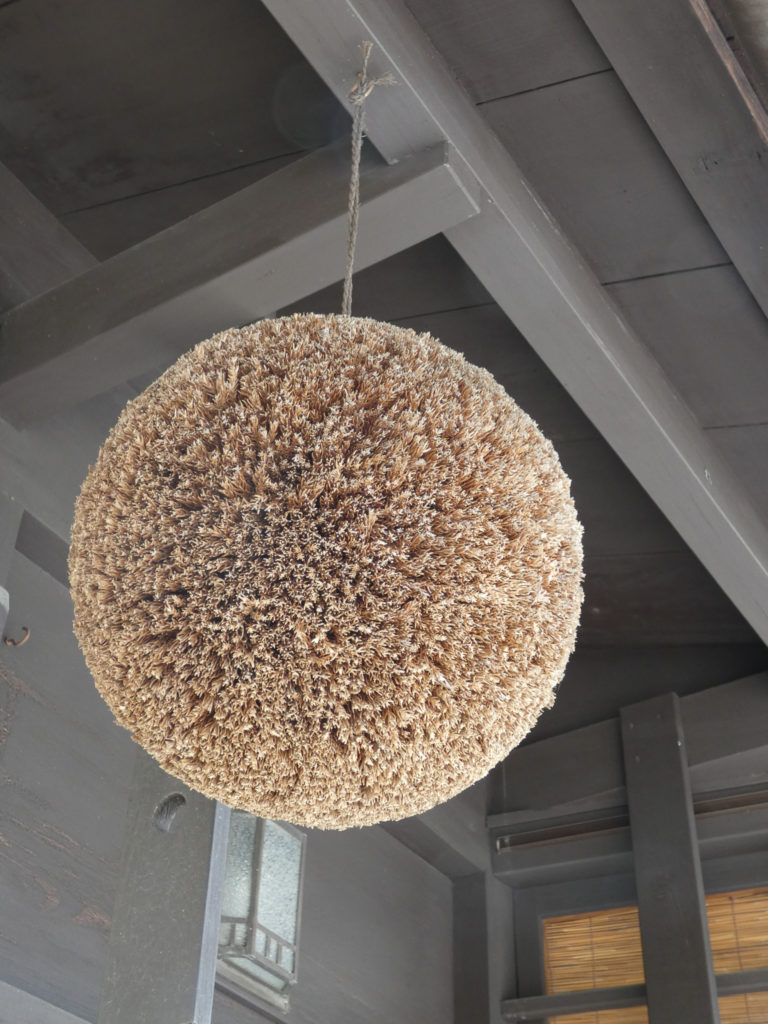
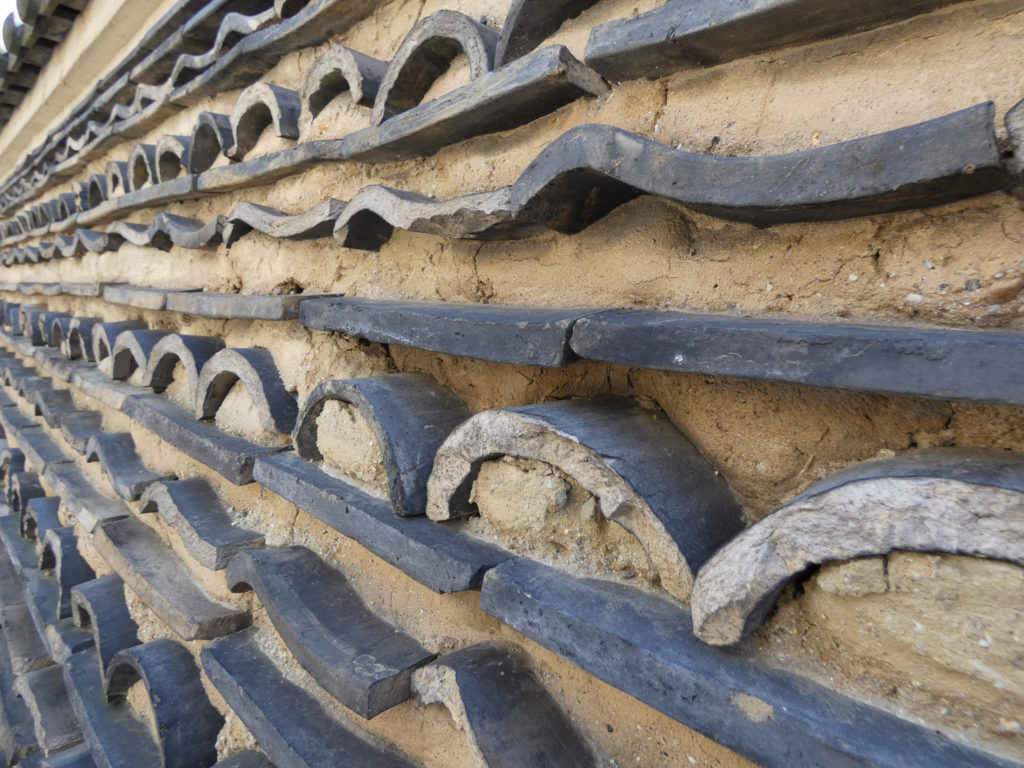
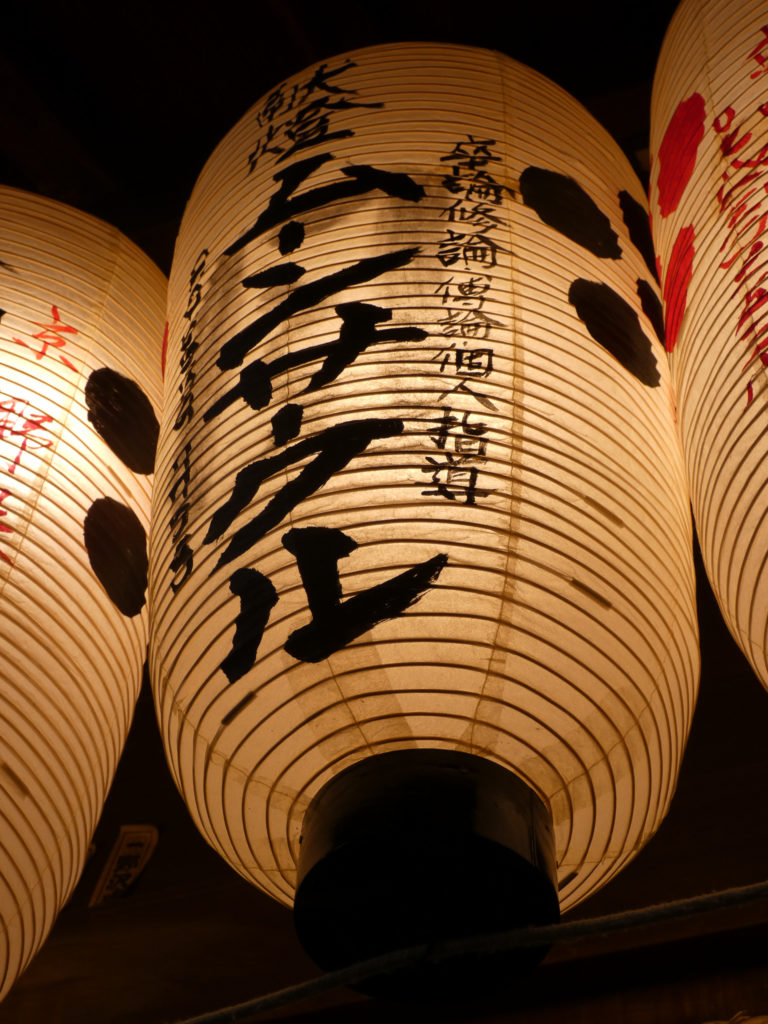
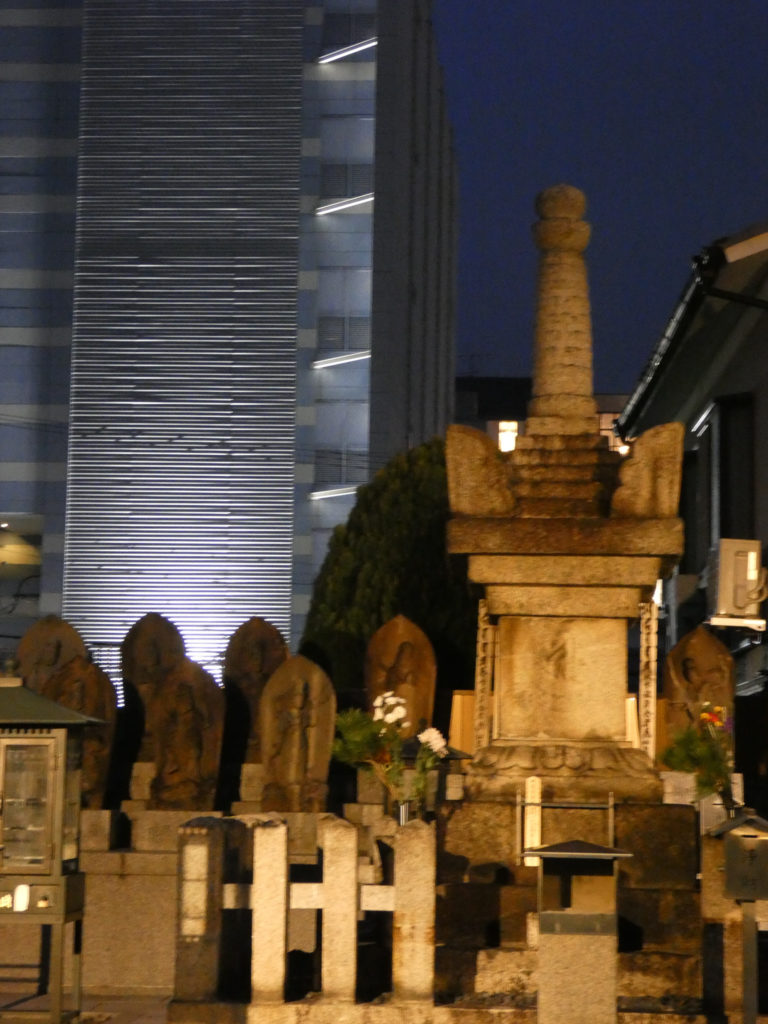
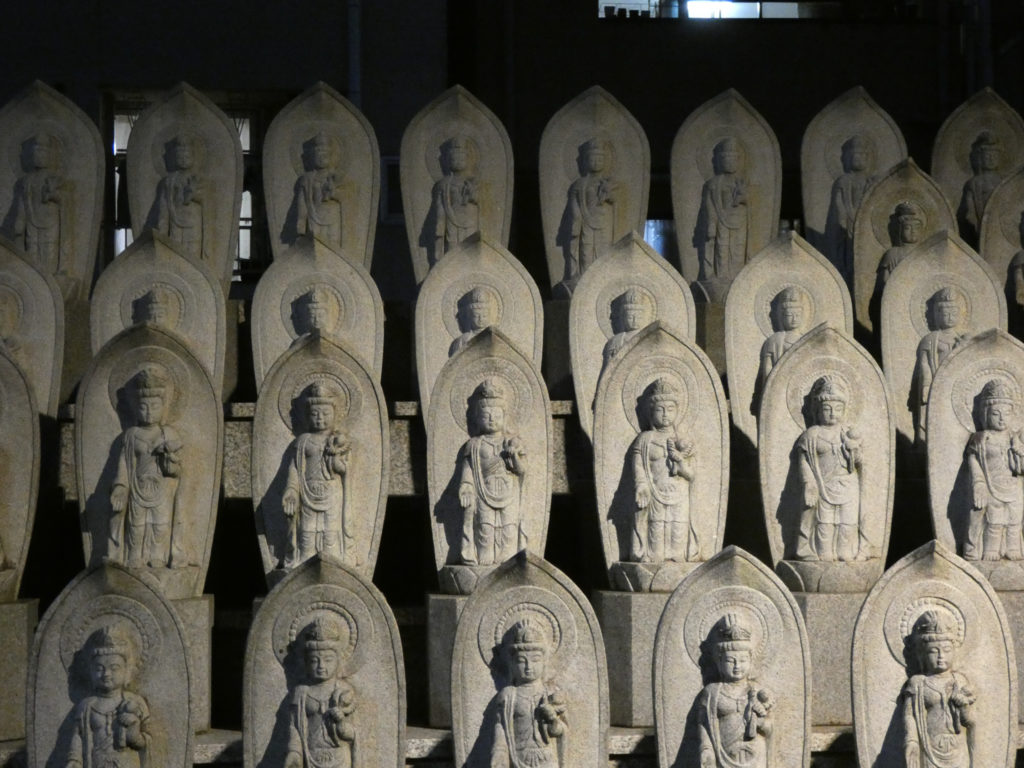
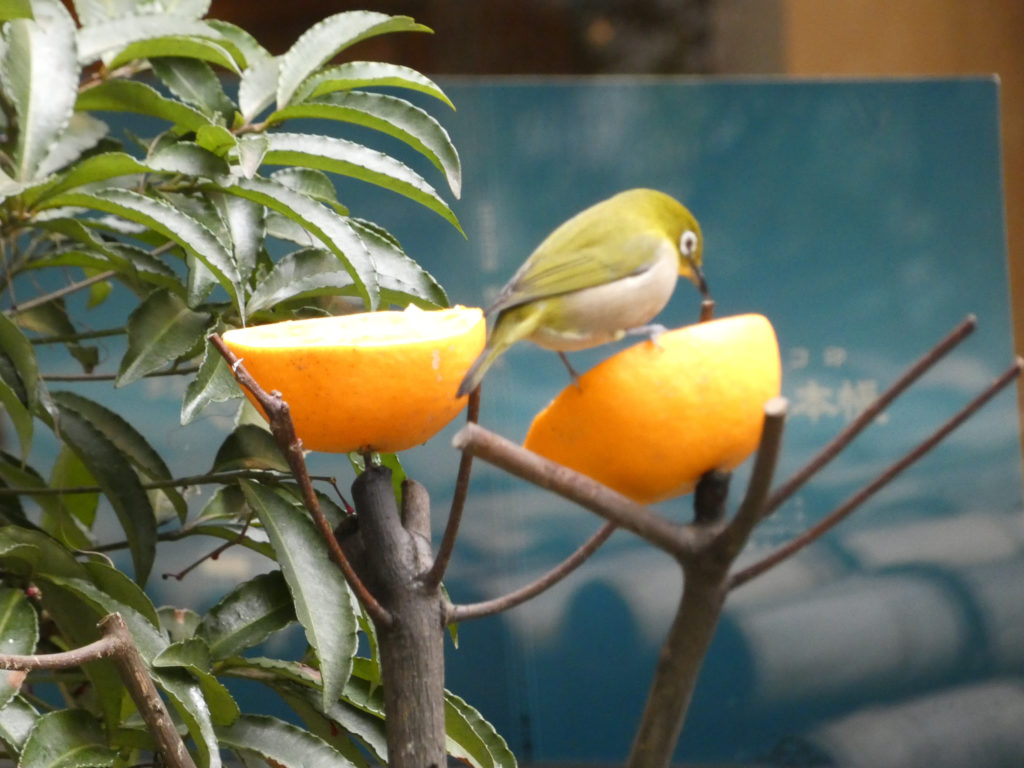
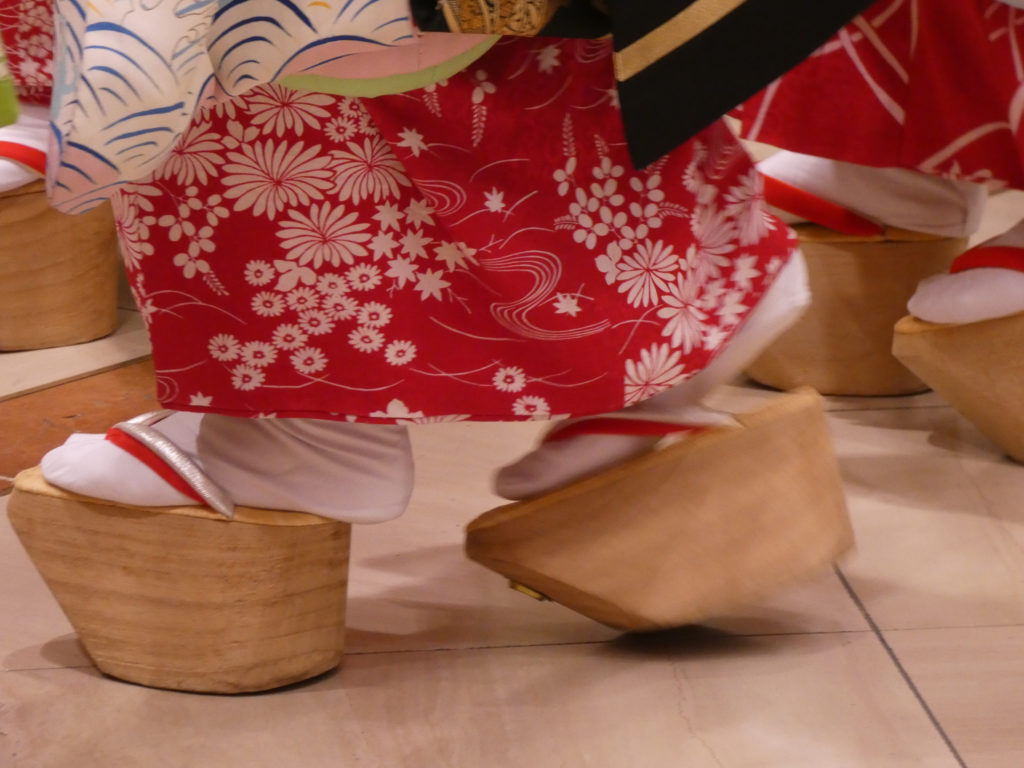
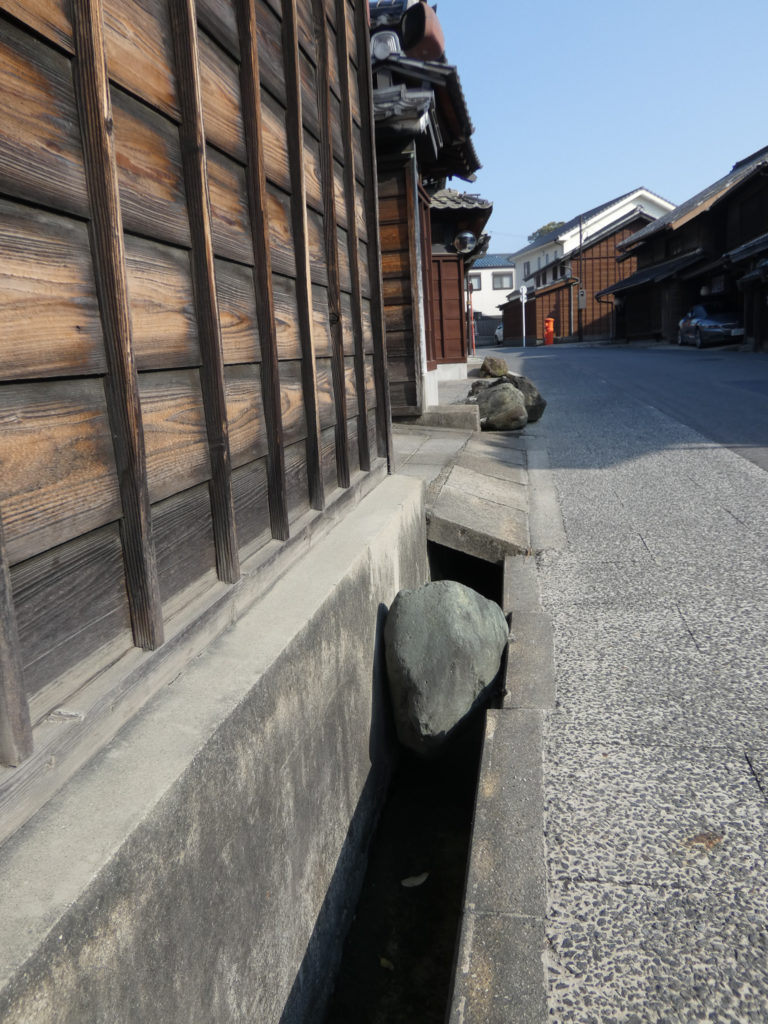
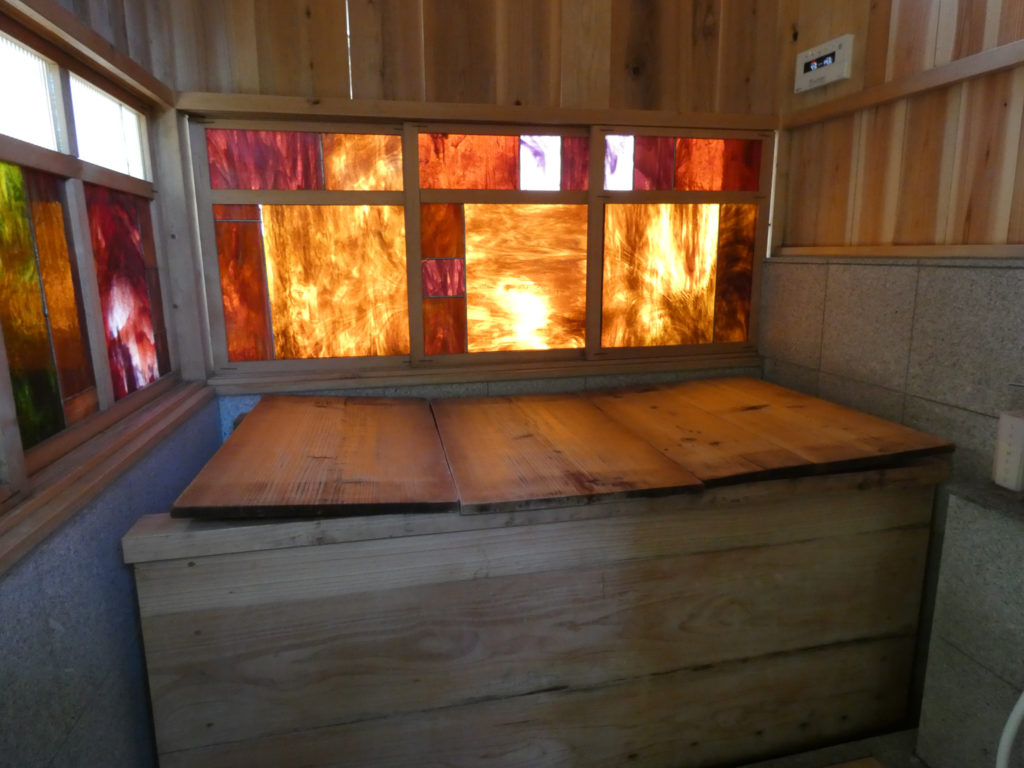
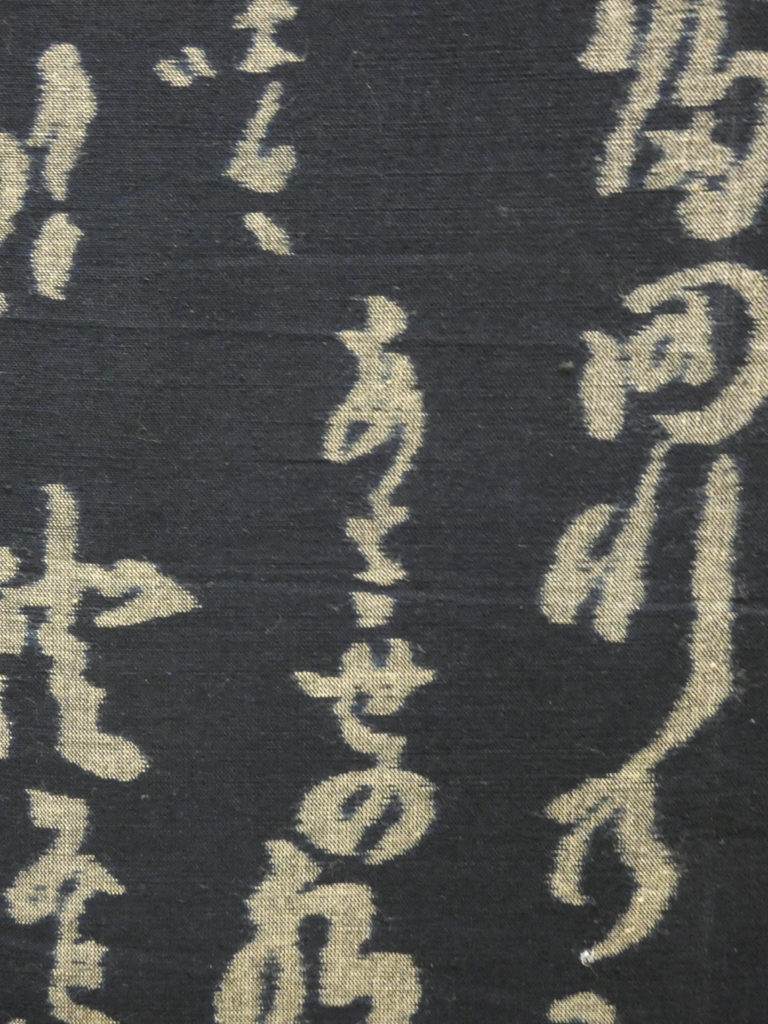
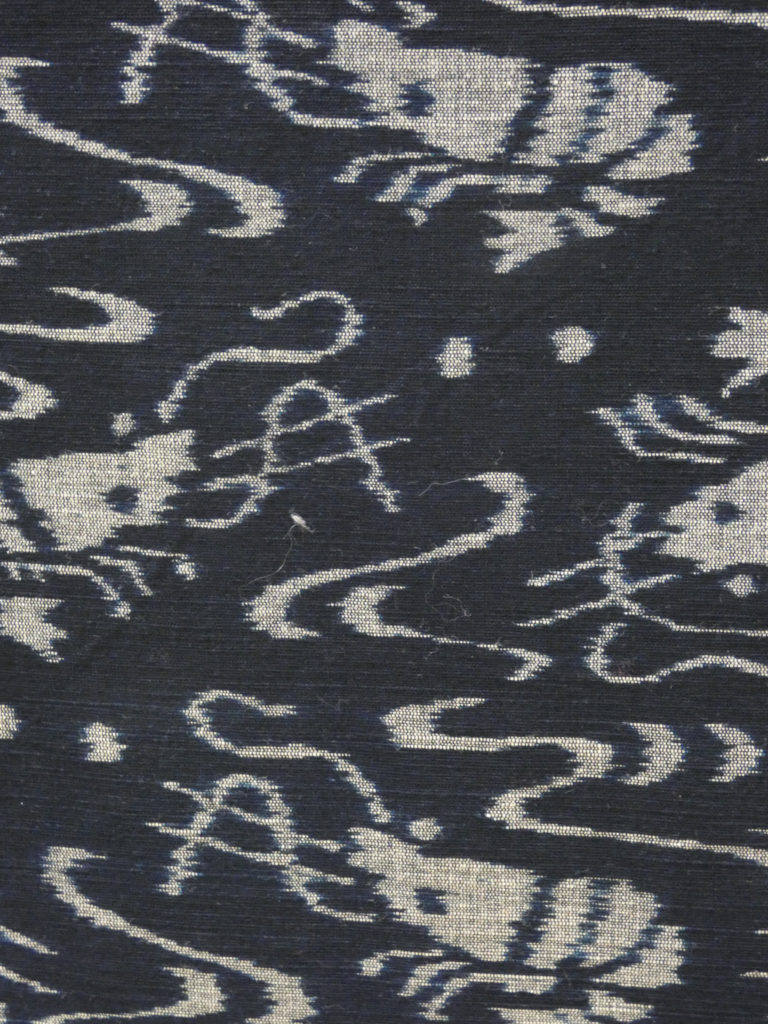
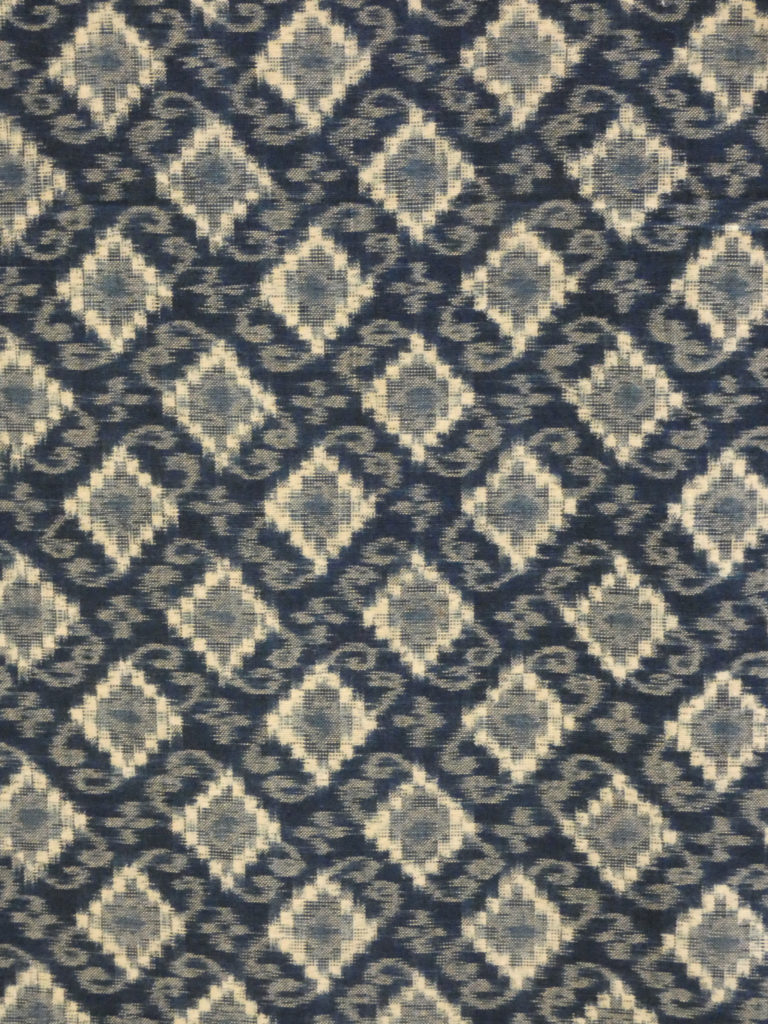
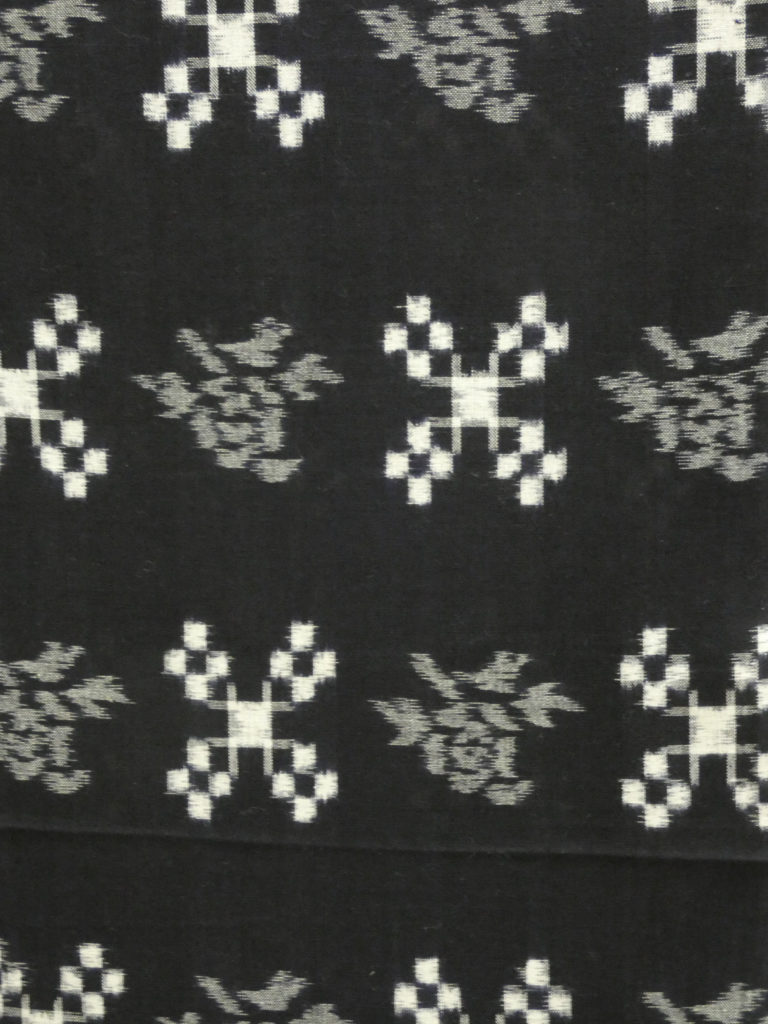
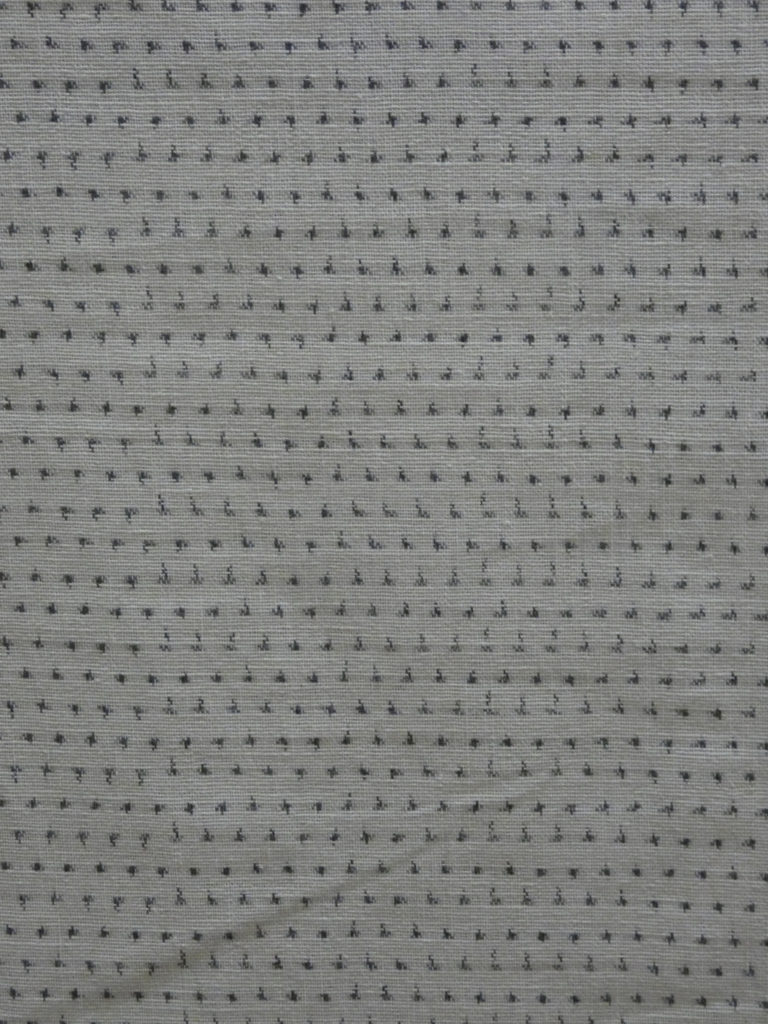
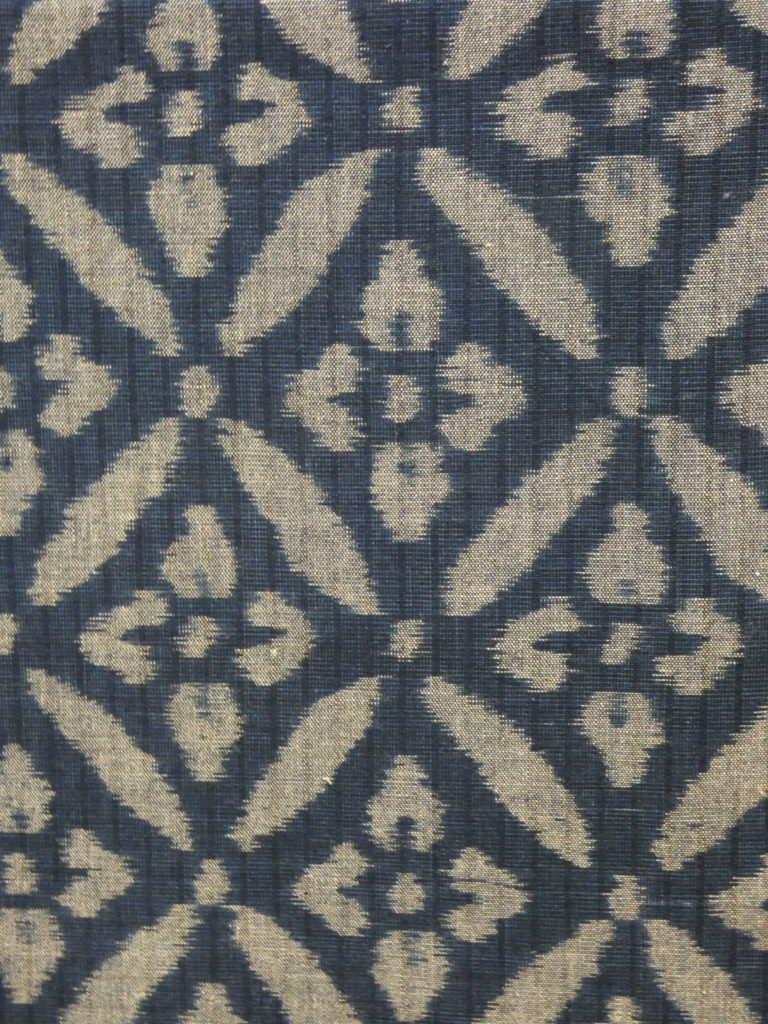
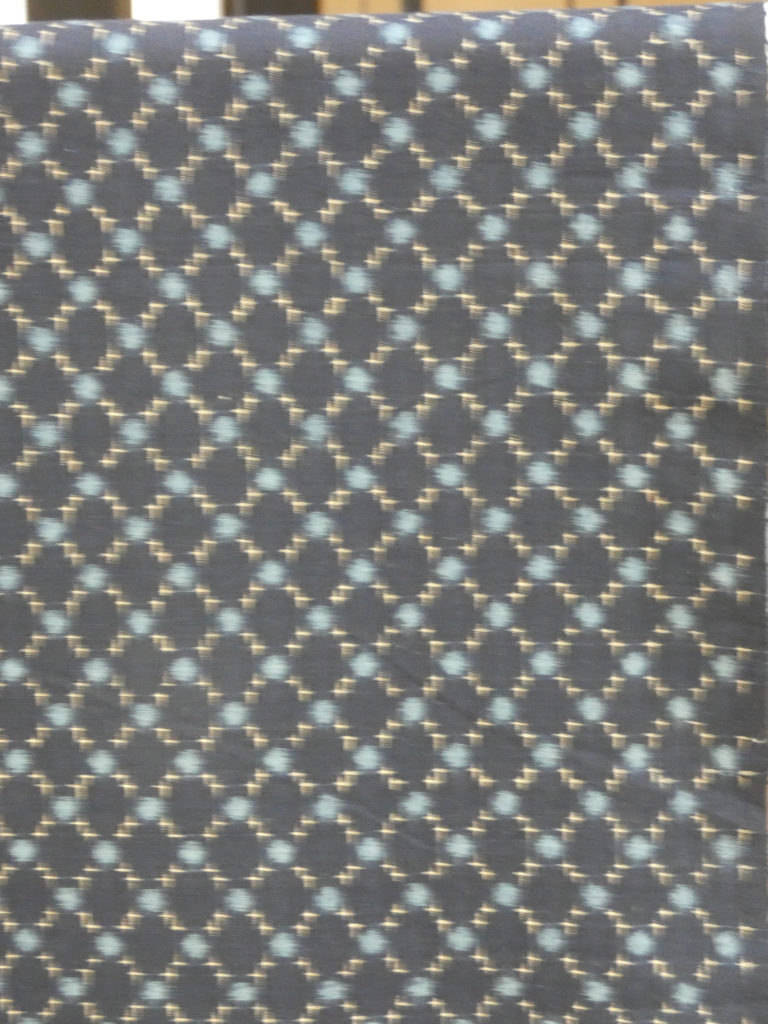
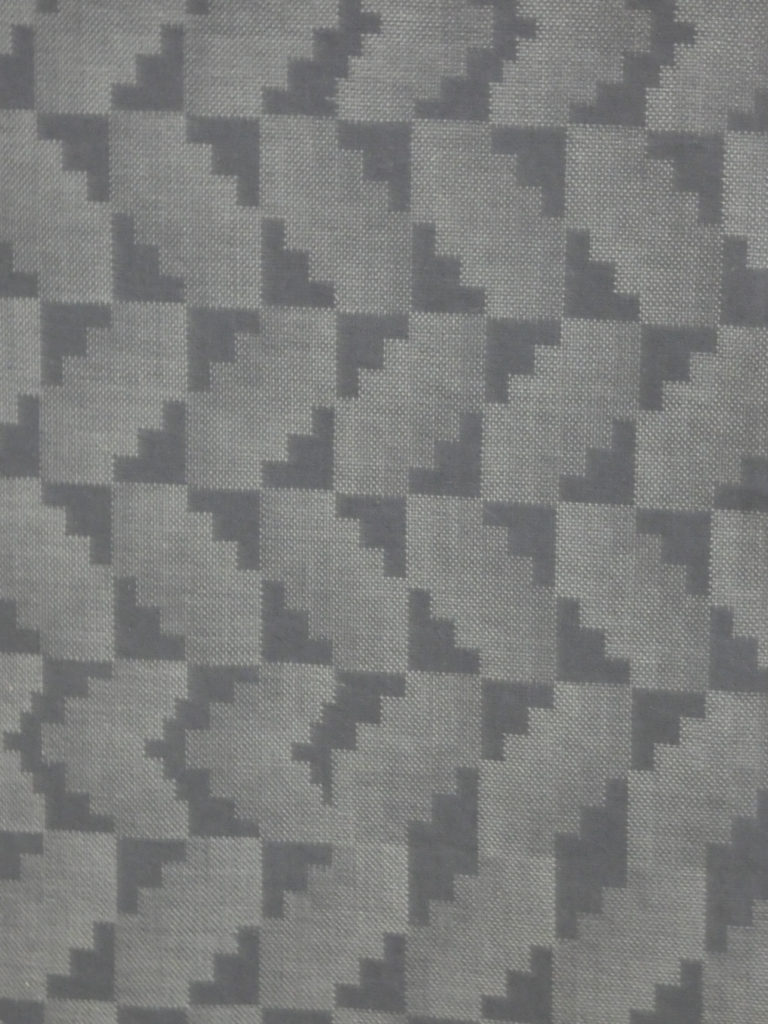
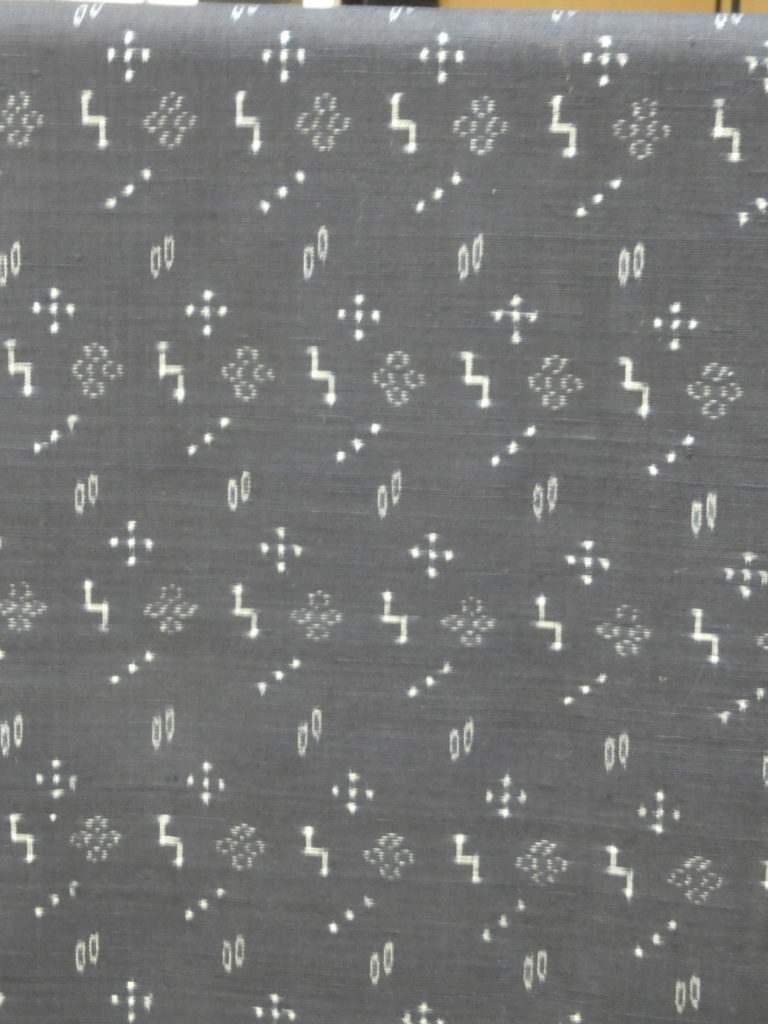
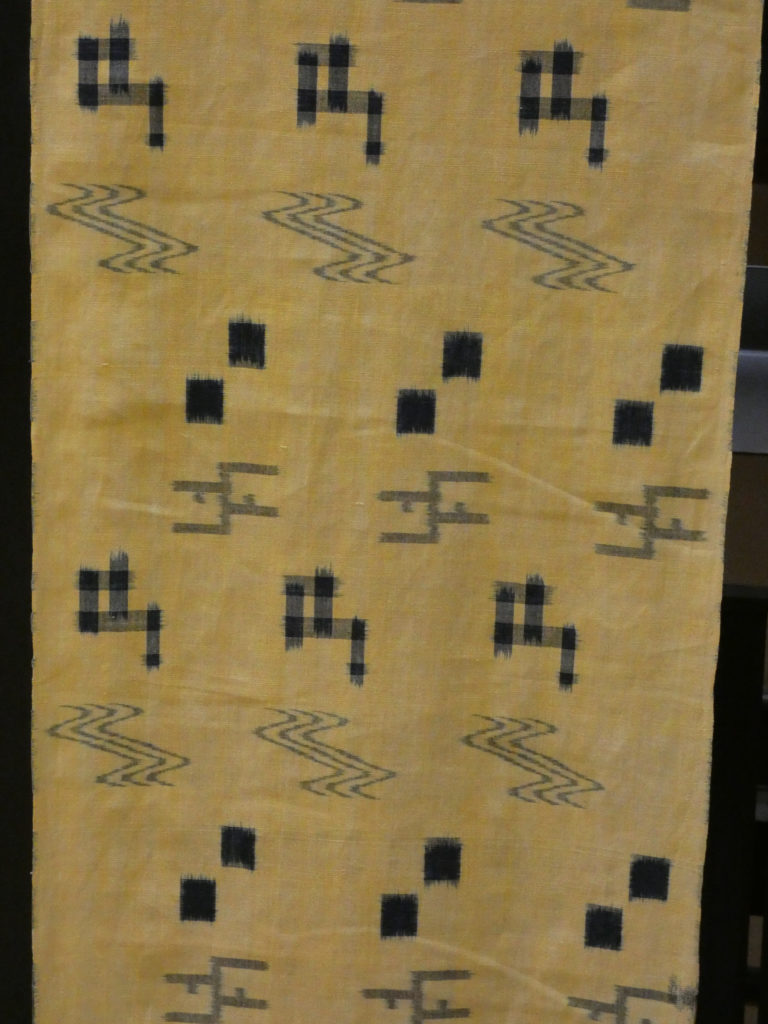
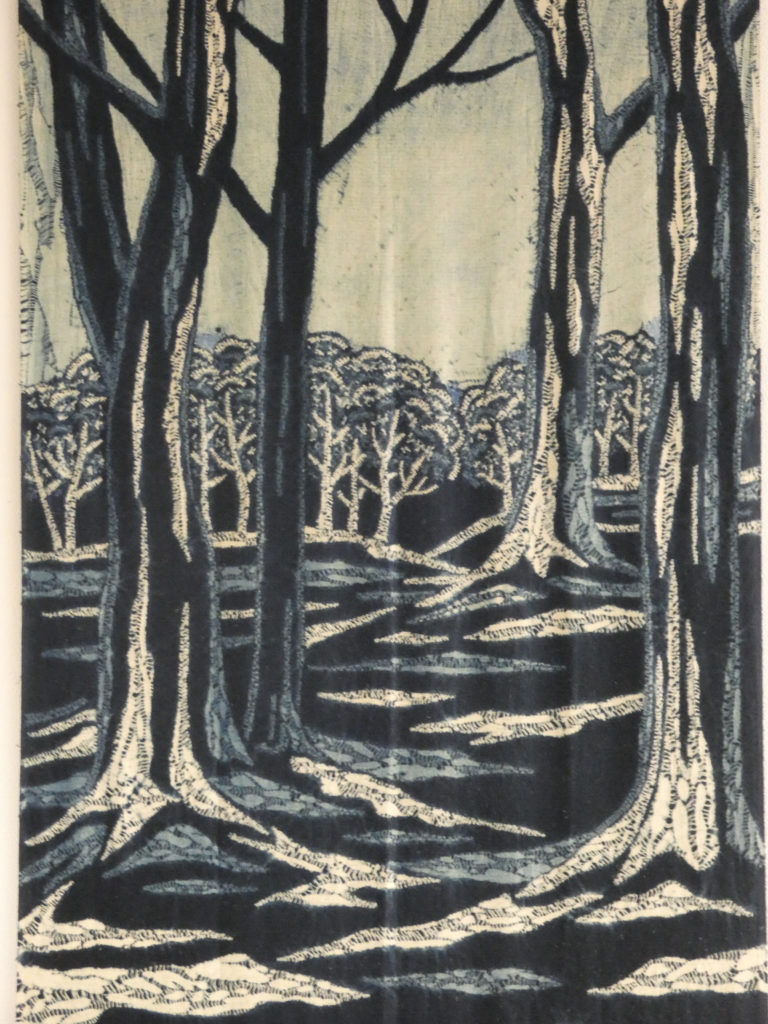
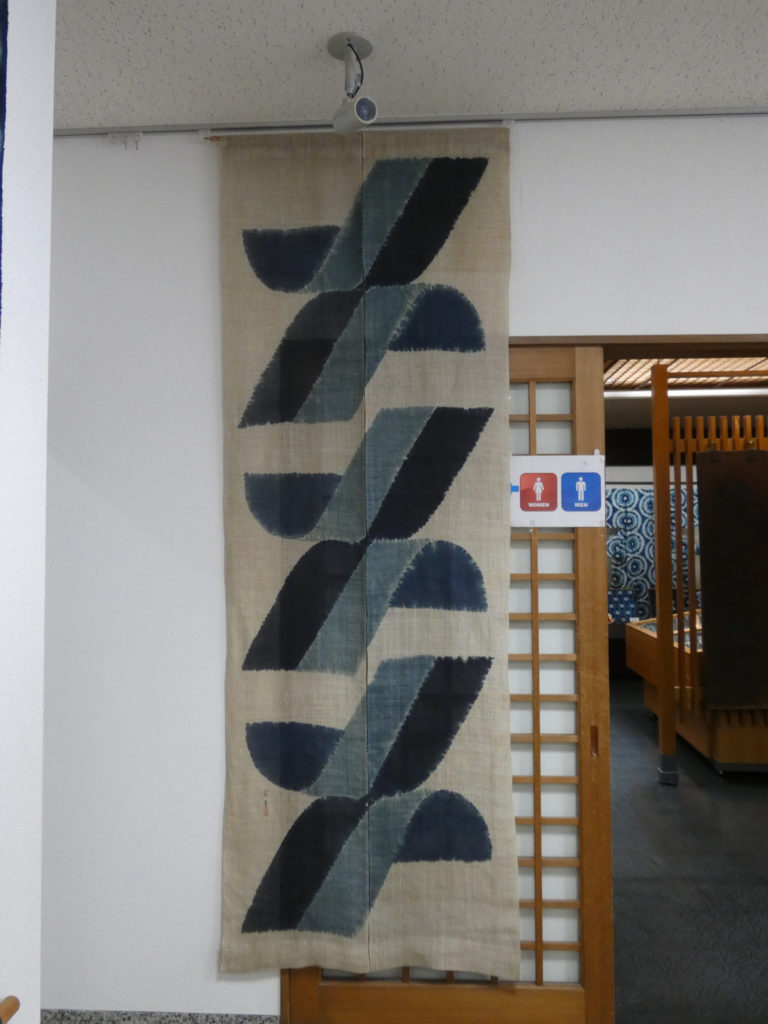
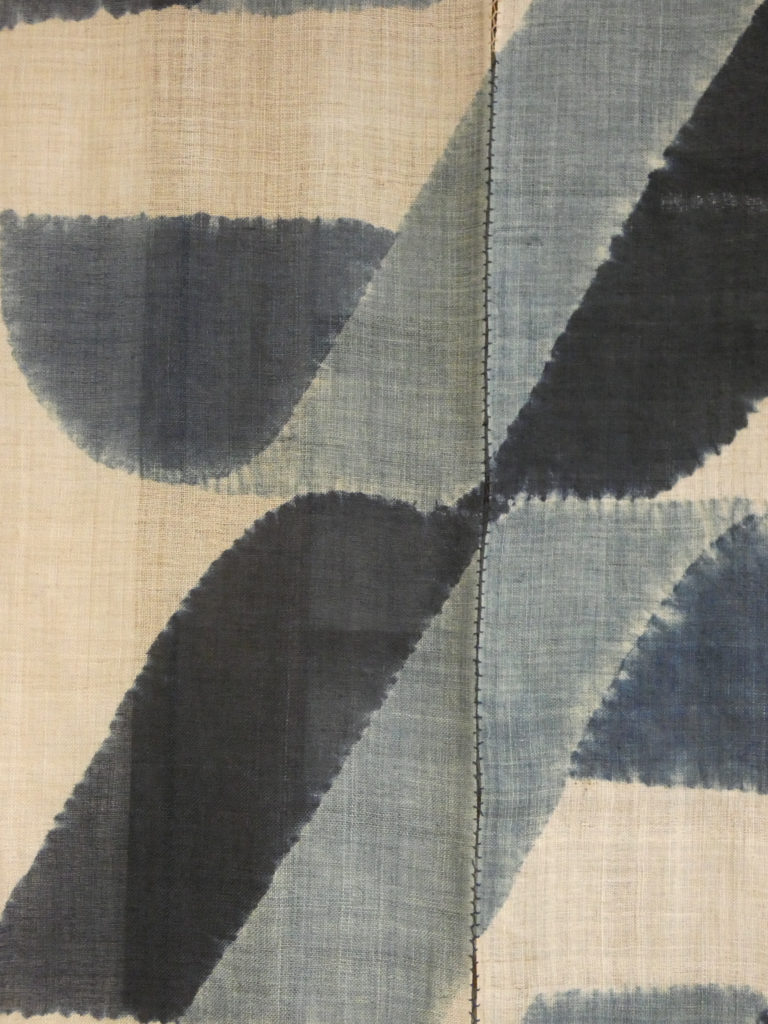
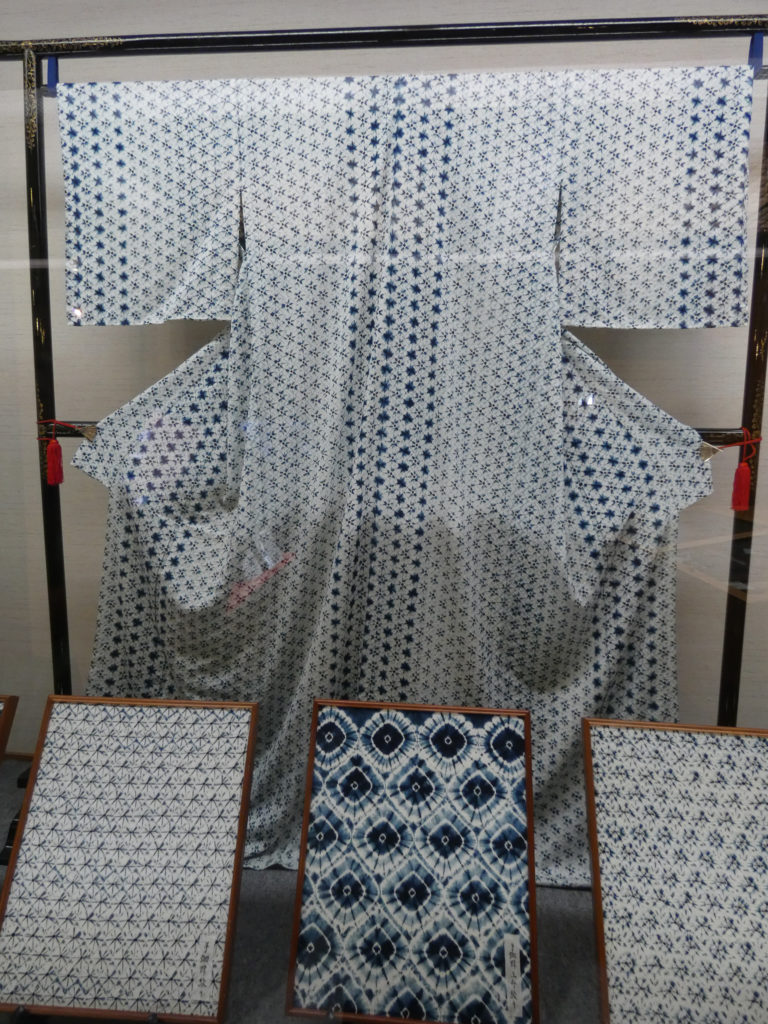
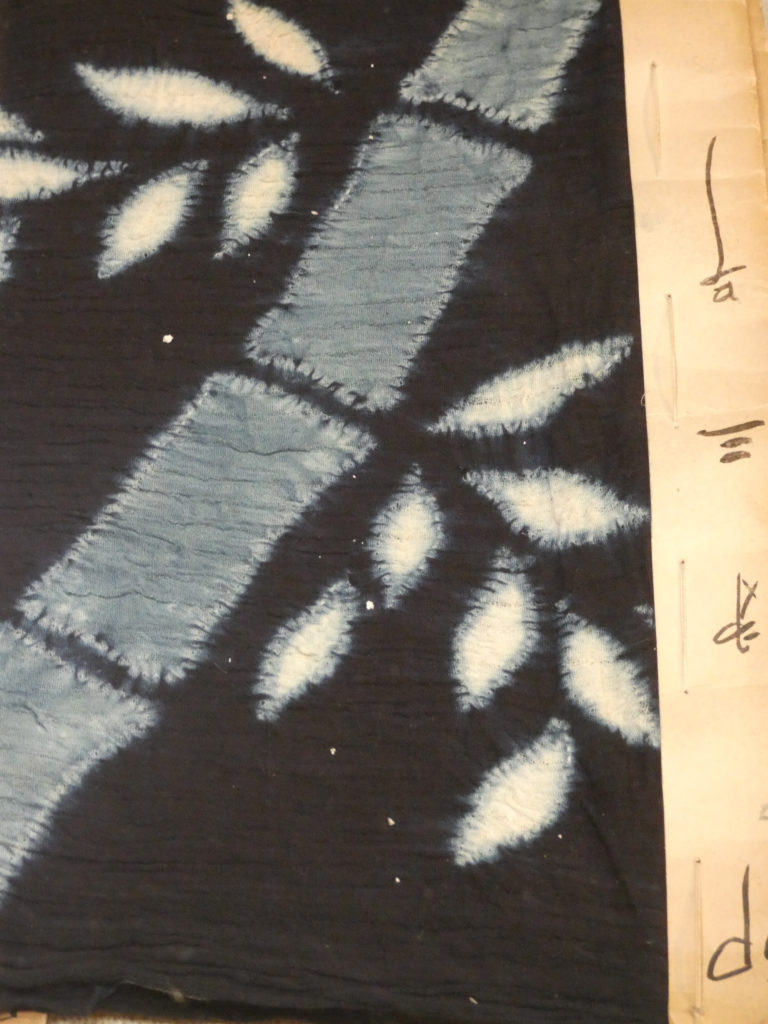
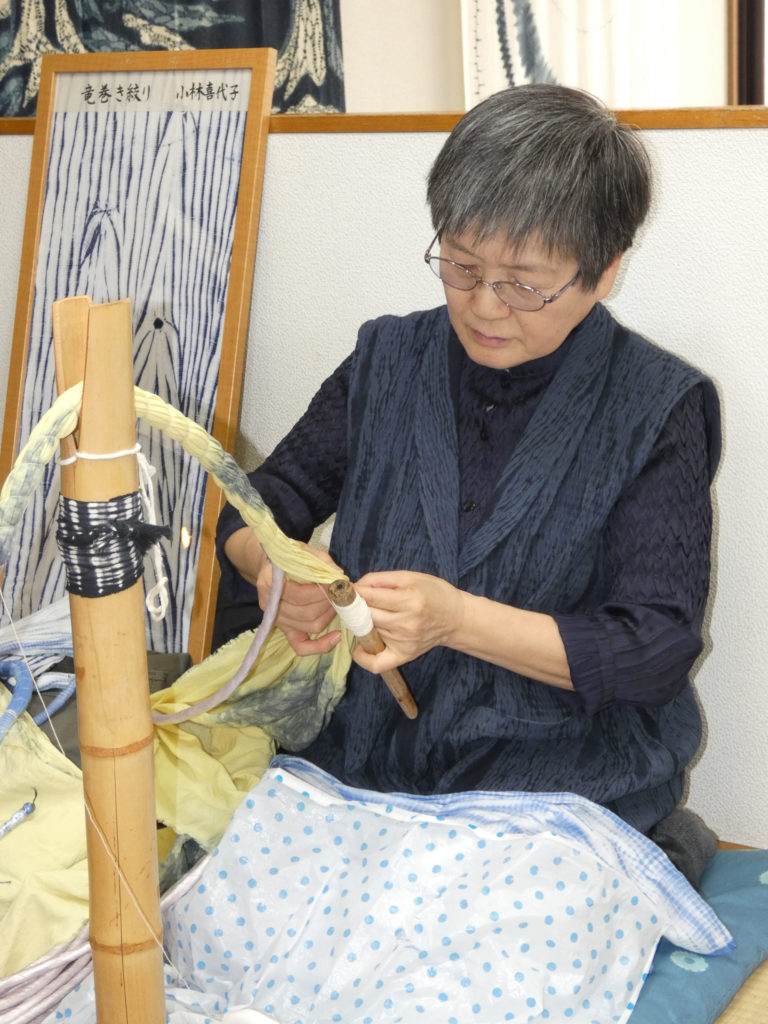
One Response to We Went to Japan!